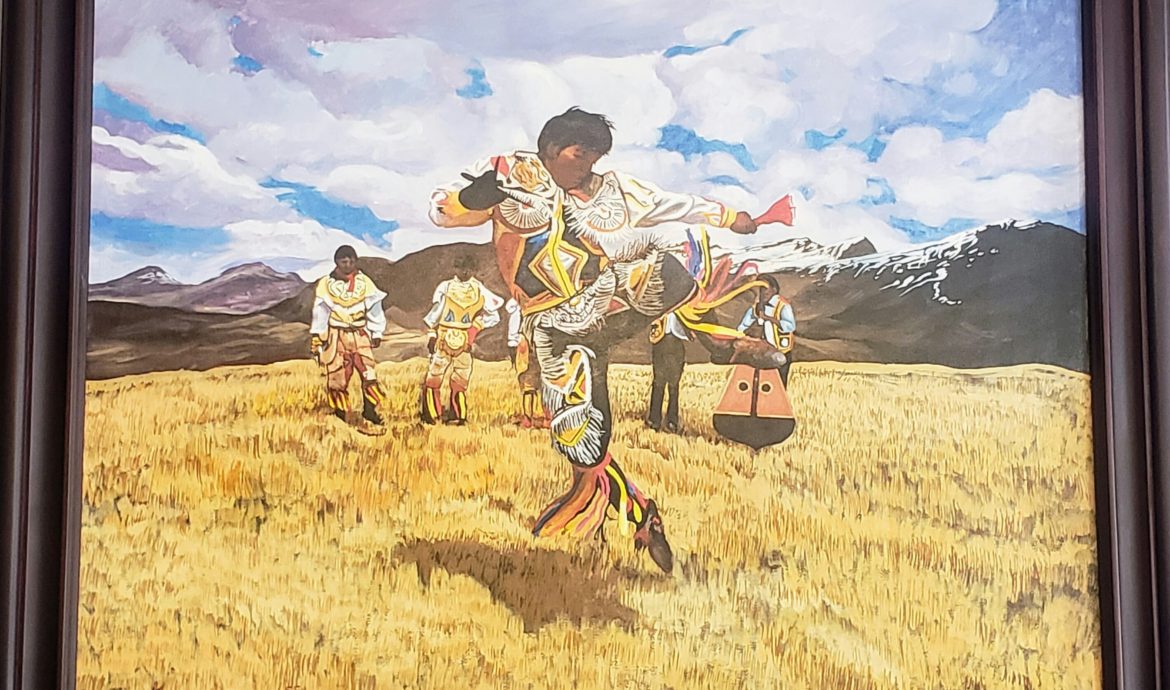
Un pais que nadie entiende
PerúThirty years ago, any foreigner biking on these roads between Huancavelica and Ayacucho would have had a death wish. The Sendero Luminoso (“Shining Path”), an organization of Maoist guerilla insurgents, had declared this part of the high Andes the “Zona Liberada.” Literally, the “Liberated Zone,” the villages in these areas had theoretically been freed and placed under the rule of the proletariat. In reality, terrorism and fear reigned. To the guerillas, anyone who could be considered an instrument of the broken capitalist system merited execution: foreigners, light-skinned costeños, government officials, or anyone who owned a business. Senderista guerillas regularly crawled down from their camps in the mountain wilderness to ambush civilian busses and cars, and to purge the bourgeoisie little by little.
The group’s leader, Abimael Guzman, led the rebels with a brutally uncompromising ideology. He glorified terrorism and murder as a means for disrupting the legacy socioeconomic structures to enable proletariat rule. Guzman, who went by the nom de guerre “Chairman Gonzalo,” started the movement as a professor in the impoverished mountain city of Ayacucho, preaching the Communist Manifesto and converting students to soldiers.
The government effectively defeated the insurgency in 1992, when a Peruvian intelligence unit captured Guzman. So, biking through these mountain corridors, I wasn’t worried about my safety as much as I was curious about the scars the conflict left behind. I passed through little villages with tin roofs and mud huts, lost in the expanse of wide open alpine grasslands and boulder-strewn canyons. I pictured the townspeople looking at me with suspicion and the guerillas watching me from afar.
I had read about the era of the Sendero Luminoso before arriving in the Zona Liberada, and I expected that I would hear stories, ask questions, and see evidence of the relatively recent conflict. But people were few and far between. And when I spoke to them, linguistic barriers prevented basic communication. The primarily indigenous residents of these mountains speak Spanish only as a second language, just like me. They addressed me in Quechua and responded with surprise when I didn’t know any. I lamented that if had difficulty speaking to these people about food and roads, it would be far too difficult to ask them about a tragedy they had suffered through in the far too recent past.
In Ayacucho, I came across the Museo de la Memoria, a museum dedicated to the memory of the war’s civilian victims. Photos of faces covered the museum’s walls, with short descriptions of the subjects’ simple lives before they “disappeared.” Caught in the middle of a conflict between the Peruvian military and the guerillas, the memorialized victims faced persecution from both sides. Guerillas executed suspected informants and attacked pueblos that didn’t actively support their mission. Meanwhile, the Peruvian army tortured and killed local residents on the slightest suspicion that the campesinos were aligned with the guerillas. Massacres in the pueblos of Lucanamarca in 1983 and Accomarca in 1985 played out similarly. Soldiers burnt the towns to the ground and tortured the residents for information. The only distinction was that Lucanamarca was persecuted by the guerillas and Accomarca by the army.
As I listened to the tour guide at the museum speak about the atrocities, I felt relieved that I hadn’t tried to ask anybody on the road about what they went through during this period. The andinos wanted to move past the conflict.
~
A family of light-skinned Peruvians also happened to be at the museum at the same time I was. I noticed one wearing a shirt that read “Piura Atletico.” I wouldn’t have known of Piura, a city on Perú’s northern coast, except for a book I had just read: Mario Vargas Llosa’s novel, Death in the Andes.
In the novel, the main character, Lituma, speaks of his hometown of Piura constantly. A police officer in the Andes during the height of the war, Lituma resents the strange and uncivilized world of the sierra and yearns for his home on the coast in Piura. His narration emphasizes the chasm separating the two worlds of Perú: the coast and sierra. He complains that “the sierra is hell,” because of the “serruchos,” indigenous inhabitants of the mountains, with primitive beliefs and lifestyles. Lituma complains about the sierra so much that his partner and only friend, Tomas, has to remind him that he is from the sierra. Lituma responds, “You’re the kind of man that should have been born on the coast. Even in Piura, Tomasito.”
Were the Piurans in the museum as uncomfortable in the sierra as fictional Lituma? Did they feel as foreign in these parts as I did? Did they see their compatriots in the photos on the wall, or did they see people from another planet, like Lituma? Once again, I found it too uncomfortable to ask.
As the novel proceeds, Lituma’s judgemental disdain for the sierra becomes justified by the peculiar series of events surrounding him. The Sendero Luminoso murders indiscriminately: French tourists on a bus headed to Cusco, environmental advocates from Lima, social leaders in a peasant town, and even a herd of vicuñas at a tourist park. Meanwhile, Lituma investigates the disappearances of laborers at a construction site. He originally suspects the involvement of the Senderistas, but locals blame the disappearances on “pishtacos” — blood-sucking gringo vampires that live in caves. He eventually determines that the missing people have been killed by fellow indigenous laborers. Uneducated and prone to drinking, the laborers had become convinced by gypsy bartenders to perform pagan human sacrifices to the mountain gods, in order to prevent landslides that would destroy their construction site and endanger their job security.
All this leads Lituma to conclude that the Sendero Luminoso isn’t an aberration in the history of the Peruvian Andes; rather, Andean culture has embraced violence and mysticism since the time of the Incas. “I wonder if what’s going on in Peru isn’t a resurrection of all that buried violence,” a white engineer at the construction site tells Lituma.
Biking through the tiny, impoverished mountain towns, struggling to communicate with the Quechua-speaking locals, seeing hovels constructed out of mud and straw in the middle of vast alpaca fields, it was easy for me to understand how Lituma drew the conclusion that time and progress had forgotten the descendants of the Inca empire, and that the serruchos live in fear of forces they can’t control. But Lituma’s impression of an Andean culture inherent with violence and revolt never rang true to me. I knew that most Andean campesinos rejected the Sendero Luminoso, and some formed militias to fight the guerillas. I also knew that the Sendero’s architect, Abimael Guzman, and most of his high command were educated, middle-class criollos. I knew that Guzman commanded the effort from a comfortable hideout in Lima while the guerillas in the mountains and the jungle survived by stealing from the campesinos they supposedly fought for.
I also knew a little about the context in which Death in the Andes was written. Mario Vargas Llosa, a Nobel Prize winner, had been a famous novelist in Peru for decades when he ran for the presidency in 1990, during the height of the guerilla war and an economic crisis. But Vargas Llosa had trouble inspiring support outside of the educated upper- and middle-class populations on the coast. He lost to a third-party, populist candidate: Alberto Fujimori. Vargas Llosa, after all, was coastal elite himself, a career novelist from Arequipa, who had been schooled in Madrid and spent much of his adult life in Paris. His detailed neoliberal policy proposals to combat inflation and inspire European modernization fell upon deaf ears in the Andes as Fujimori swept the rural mountain districts on a vague platform with no specific policies. Ironically, Fujimori ended up implementing many of Vargas Llosa’s economic ideas, and later went on to combat the Sendero Luminoso in the sierra with such brute force that he was convicted of human rights abuses.
Three years after his electoral loss, Vargas Llosa wrote Death in the Andes, his first work after his short-lived political career. Perhaps Vargas Llosa’s criticism of the bizarre world of the Andes served as retribution for his electoral shortcomings in the region. Perhaps in response to his feeling that the masses did not understand his economic proposals, he blames the andino campesinos for keeping the country in the third world.
“It’s a country nobody can understand,” a European professor tells Lituma in the novel. If the professor can’t understand Peru, if Lituma can’t understand Peru, if Vargas Llosa can’t understand Peru, then what hope do I have?
~
As I biked across the Ayacucho province, to my surprise, I didn’t see any scars from the Sendero Luminoso. I toured the ruined city of the ancient Wari civilization and saw the battlefield where Peru won its independence from Spain in 1824. I stayed with a local host in the town of Quinua, who was working to convert his childhood home into a hotel and restaurant for tourists. I camped on the side of a rural dirt road with no fear for my safety and only waves from cars passing by. I browsed the town of Lircay’s bustling market and ate pulled pork out of a plastic bag from a street vendor for breakfast. I chatted with a farmer carrying a small herds of goats and sheep in the back of a van. He proudly told me he had just bought the gang of ten animals at a cost of 1200 soles ($350). I learned a bit of Quechua from a roadside vendor. When I told him I was from California, he asked me if I knew Alejandro Toledo, the ex-president of Peru facing an extradition trial from his home near Sacramento.
Like Vargas Llosa and his characters, I may never fully understand Andean Peru, but I’m happy that I witnessed life in the Andes, not “Death in the Andes.”
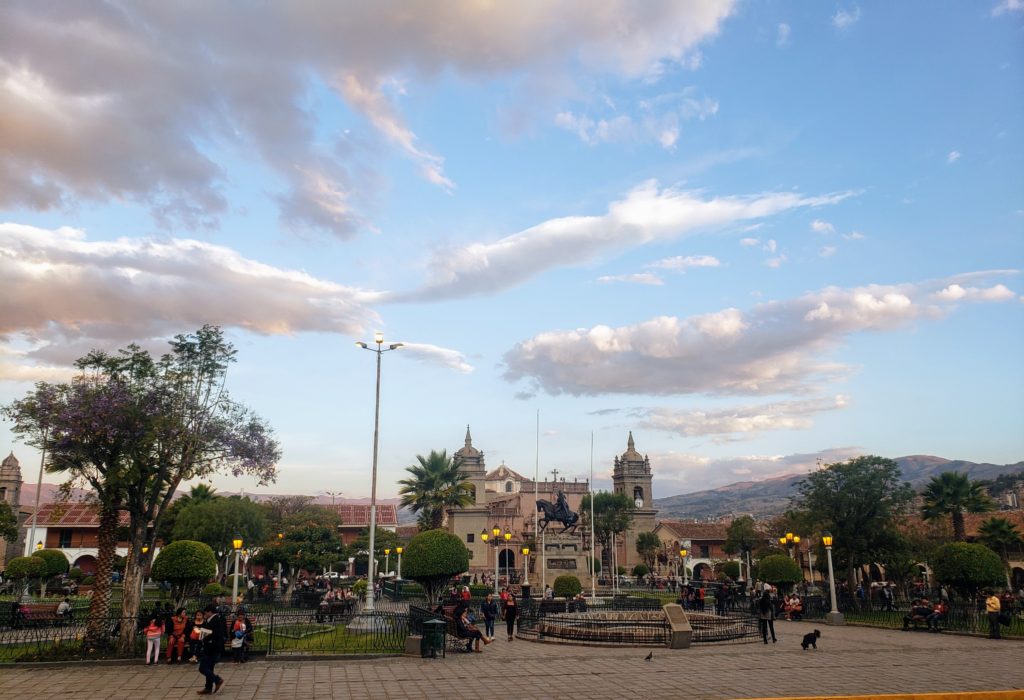
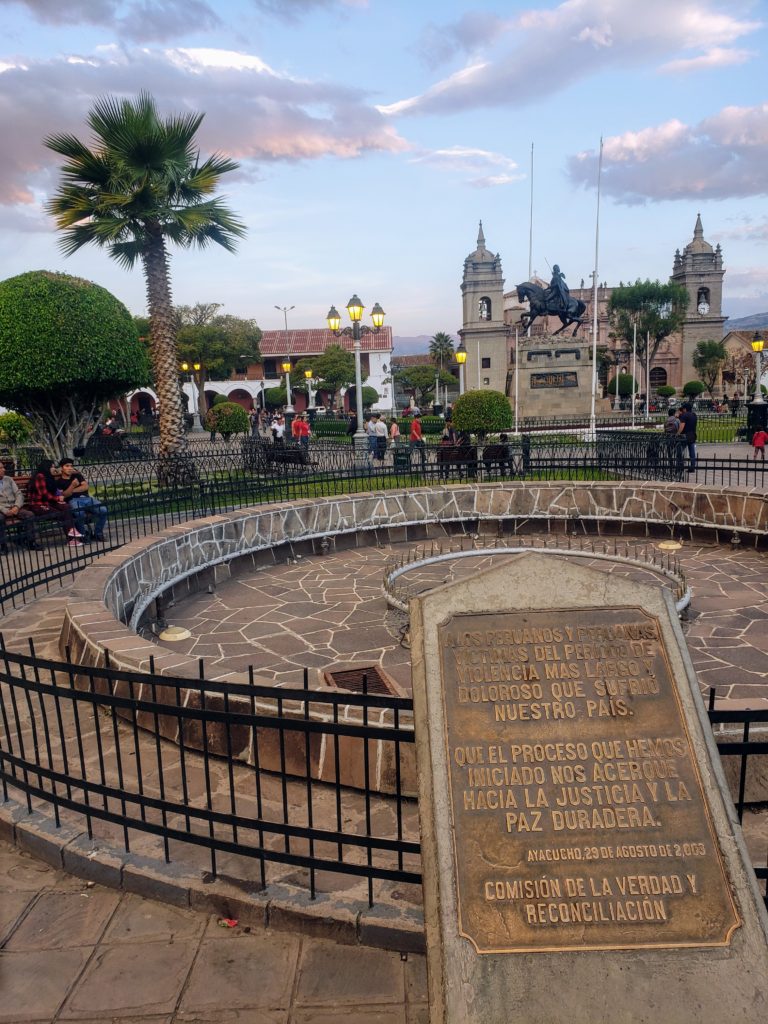
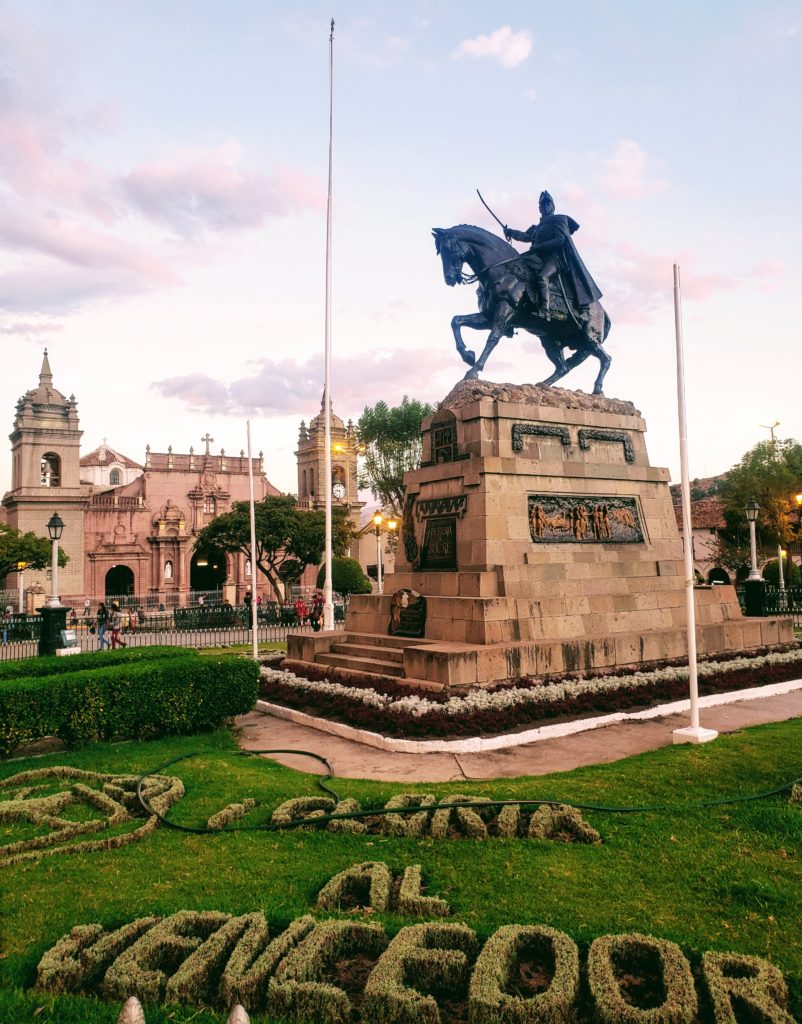
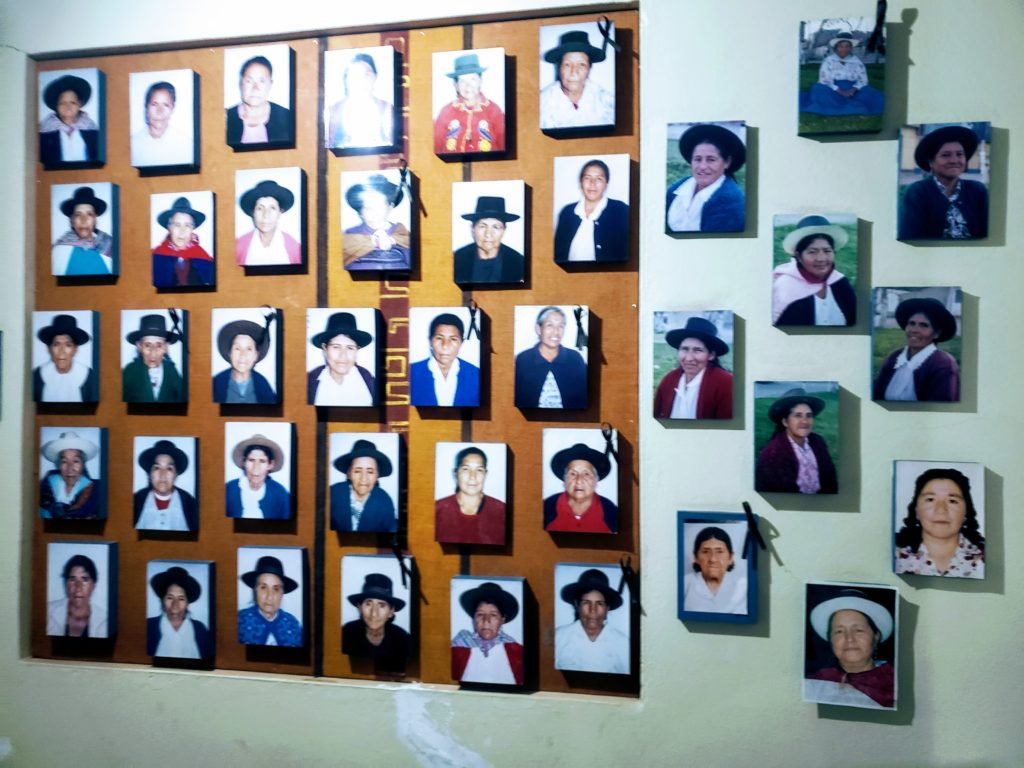
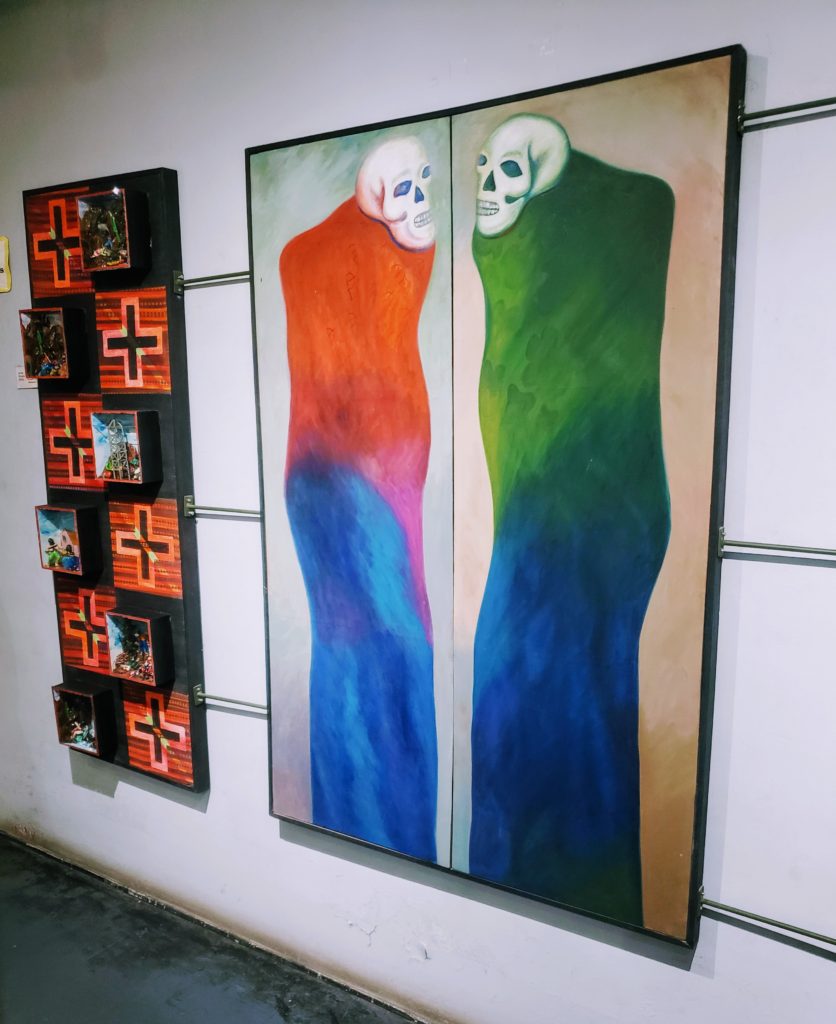
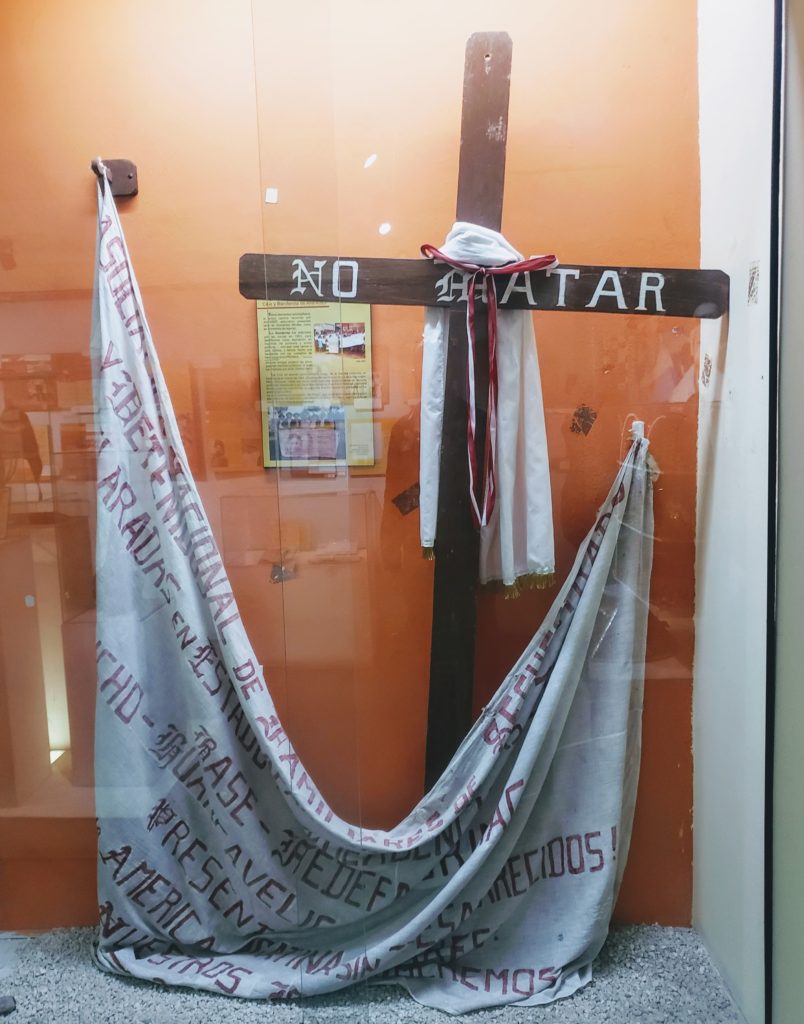
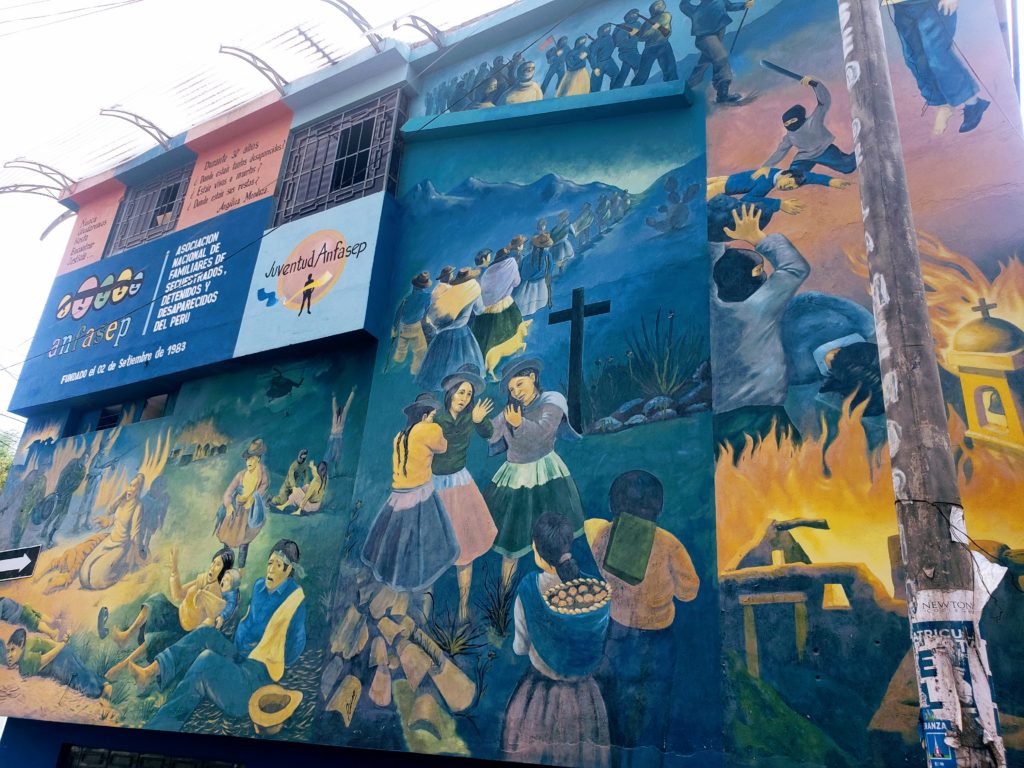
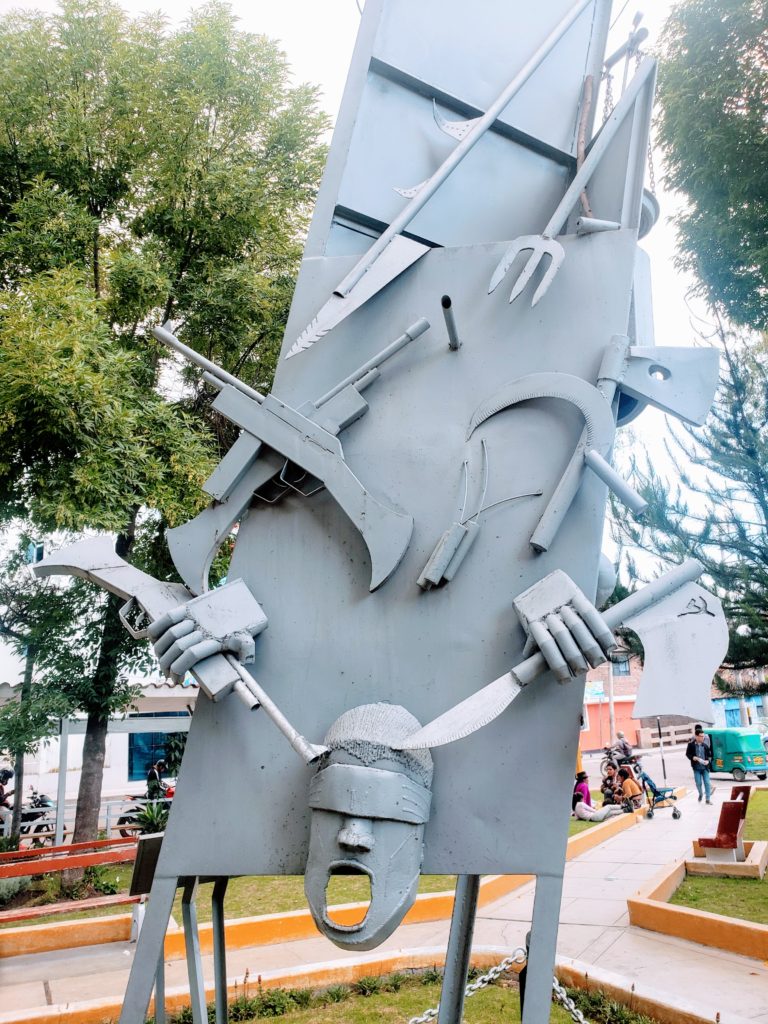
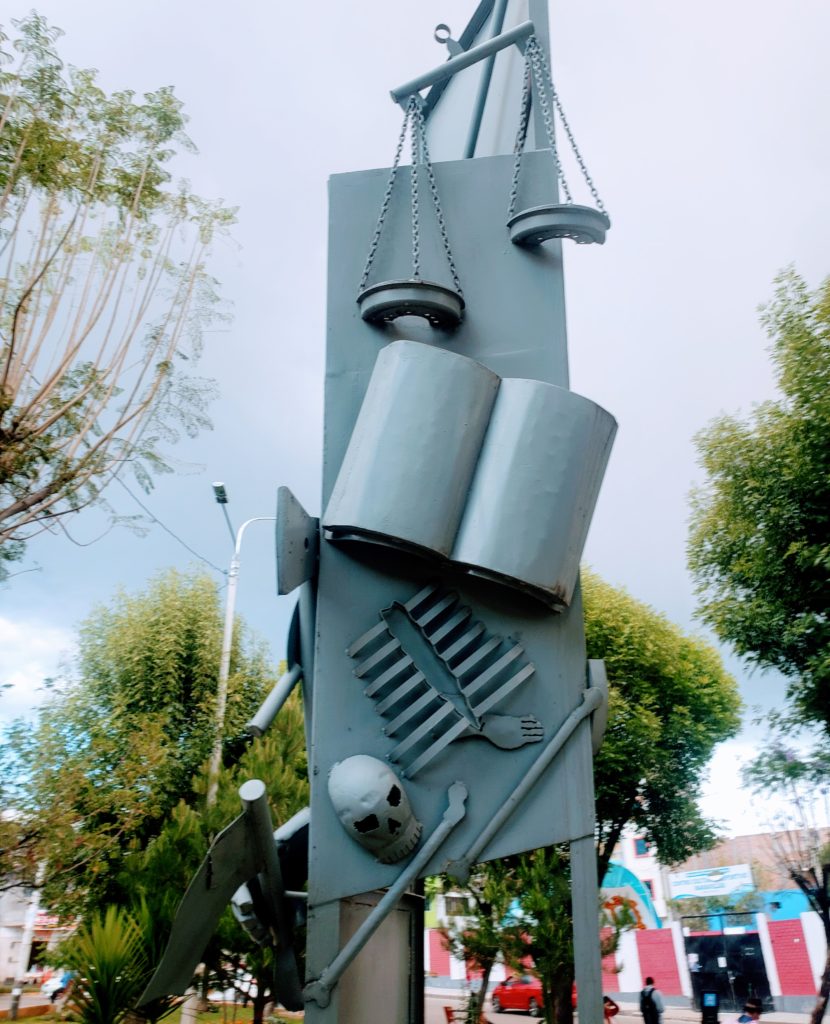
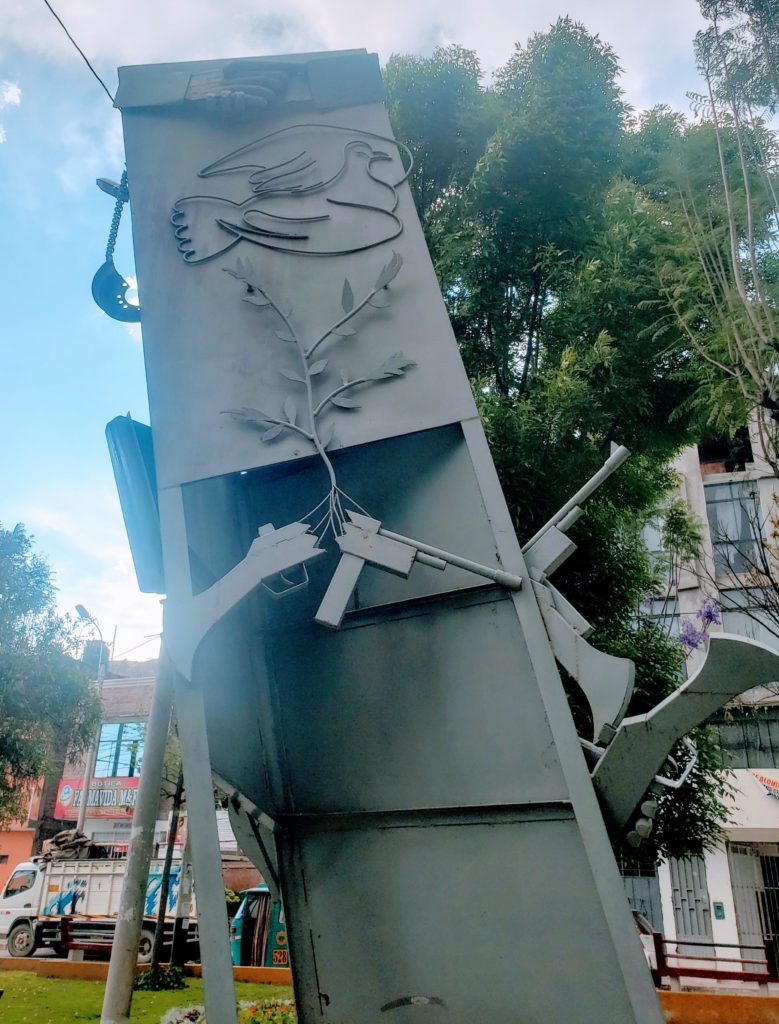
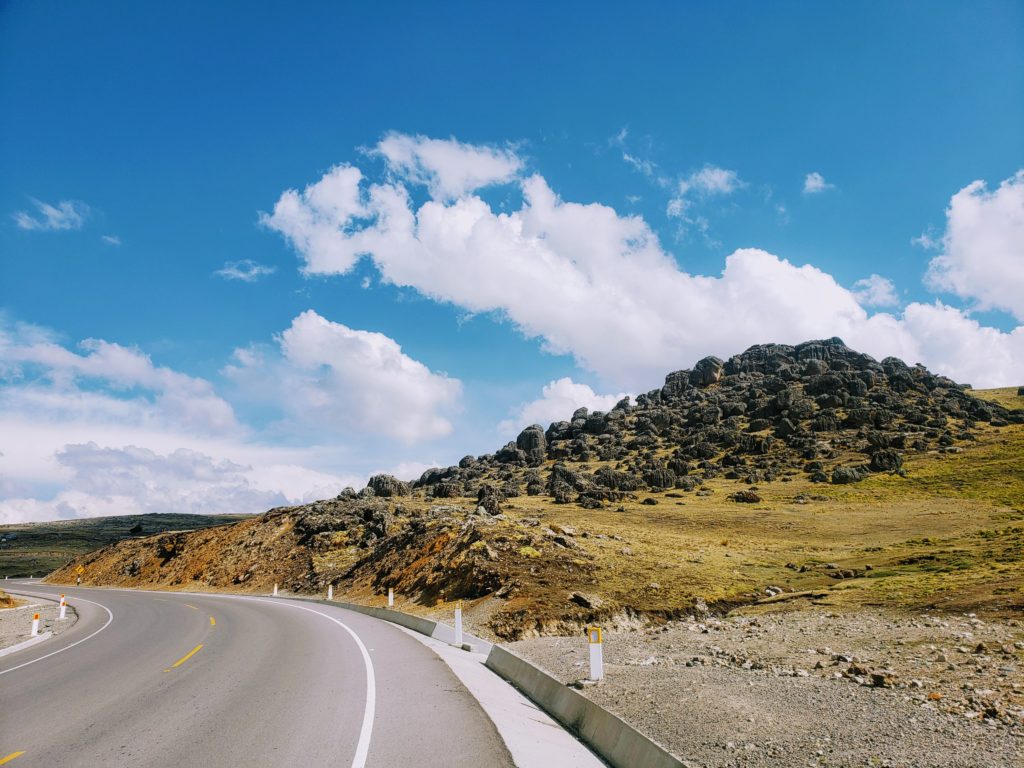
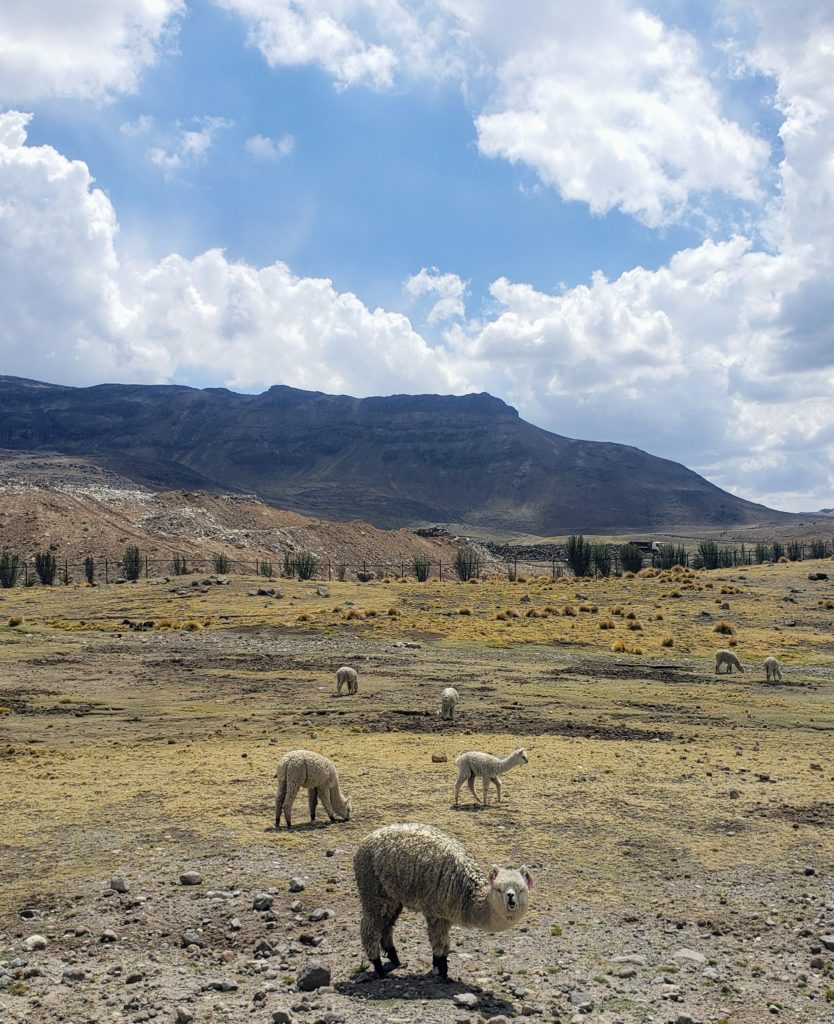
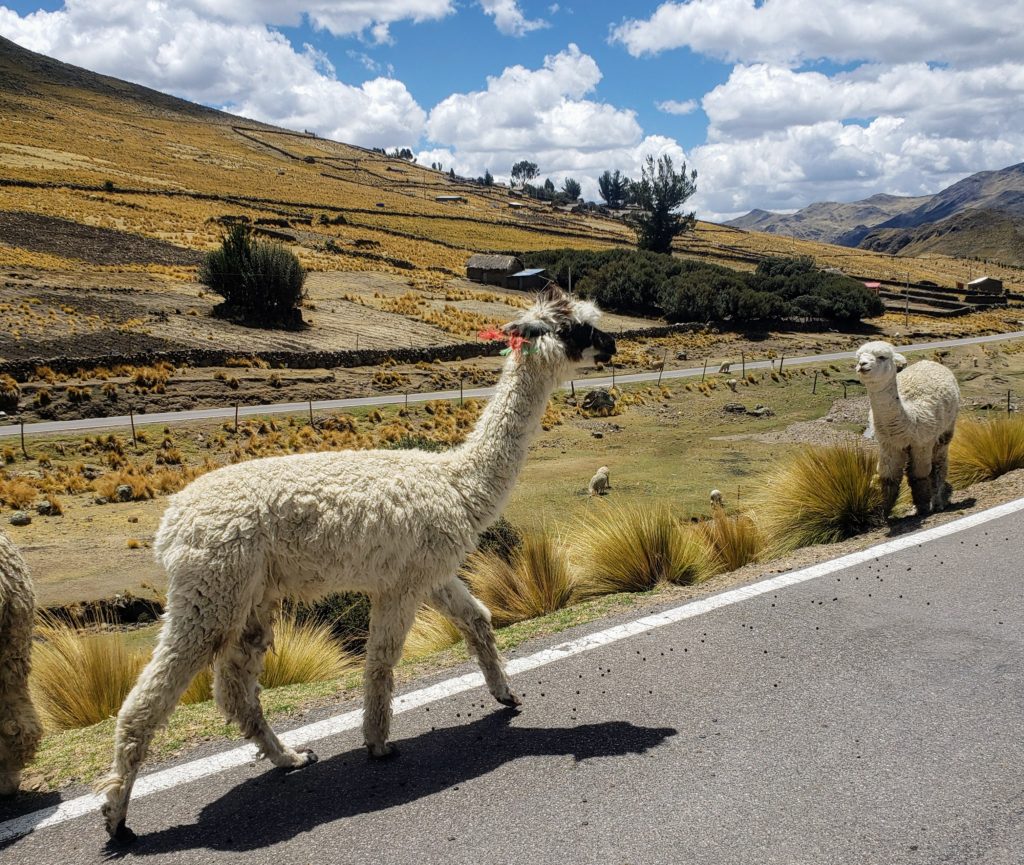
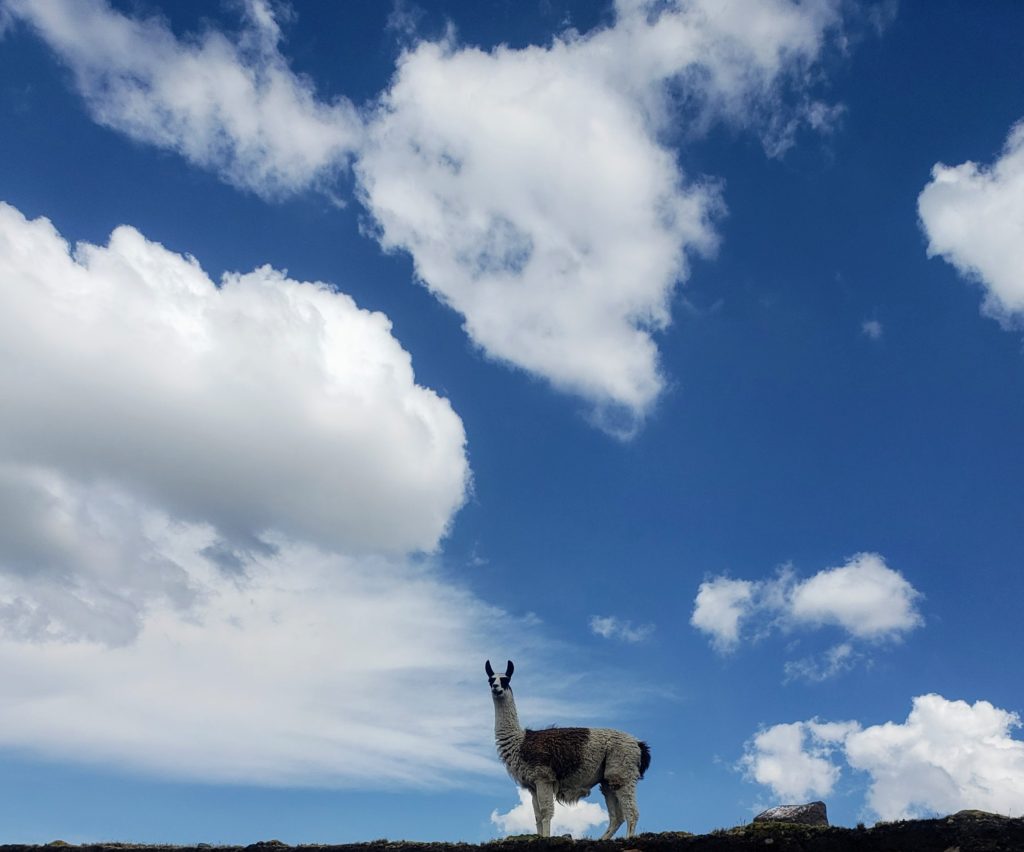
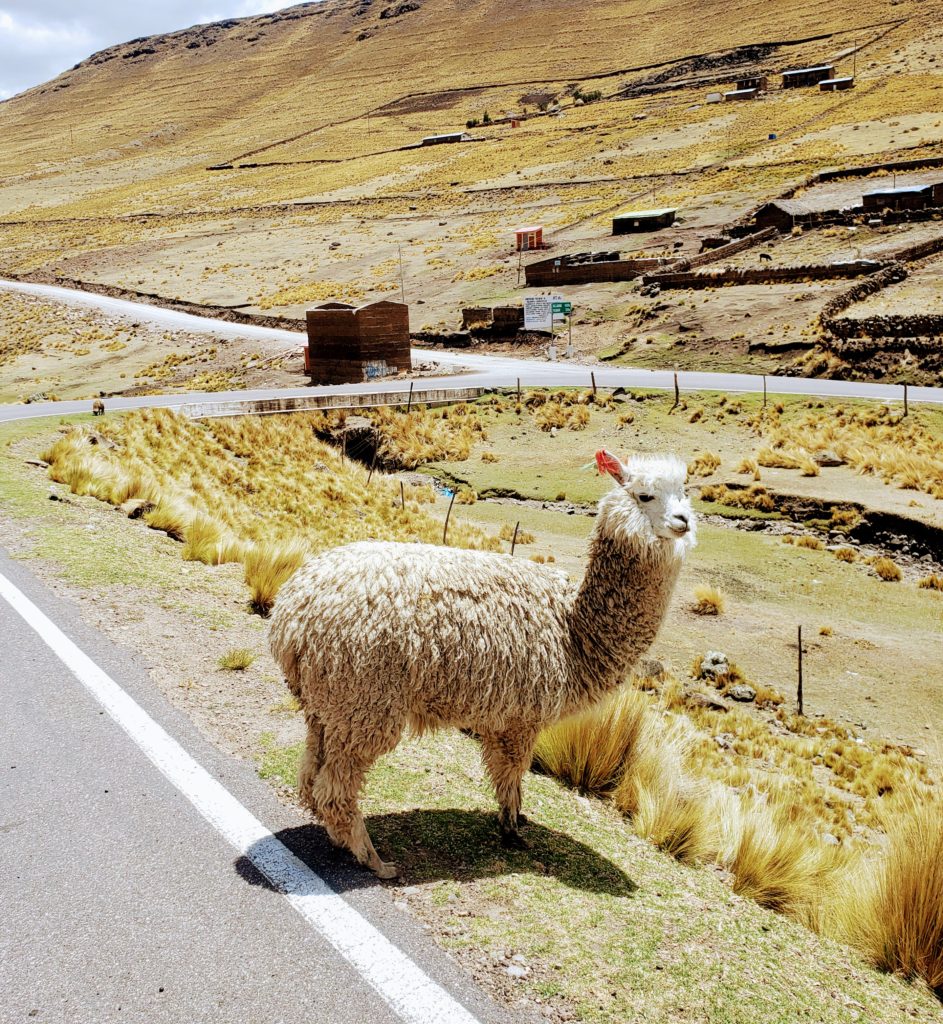
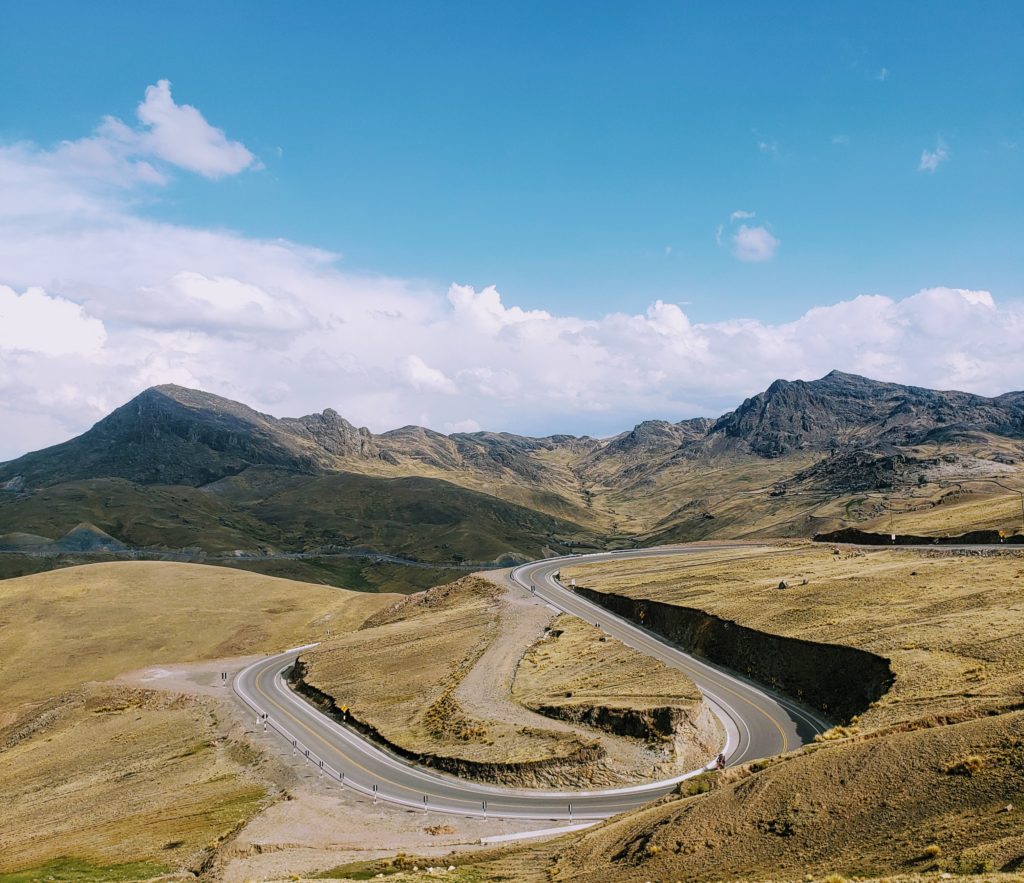
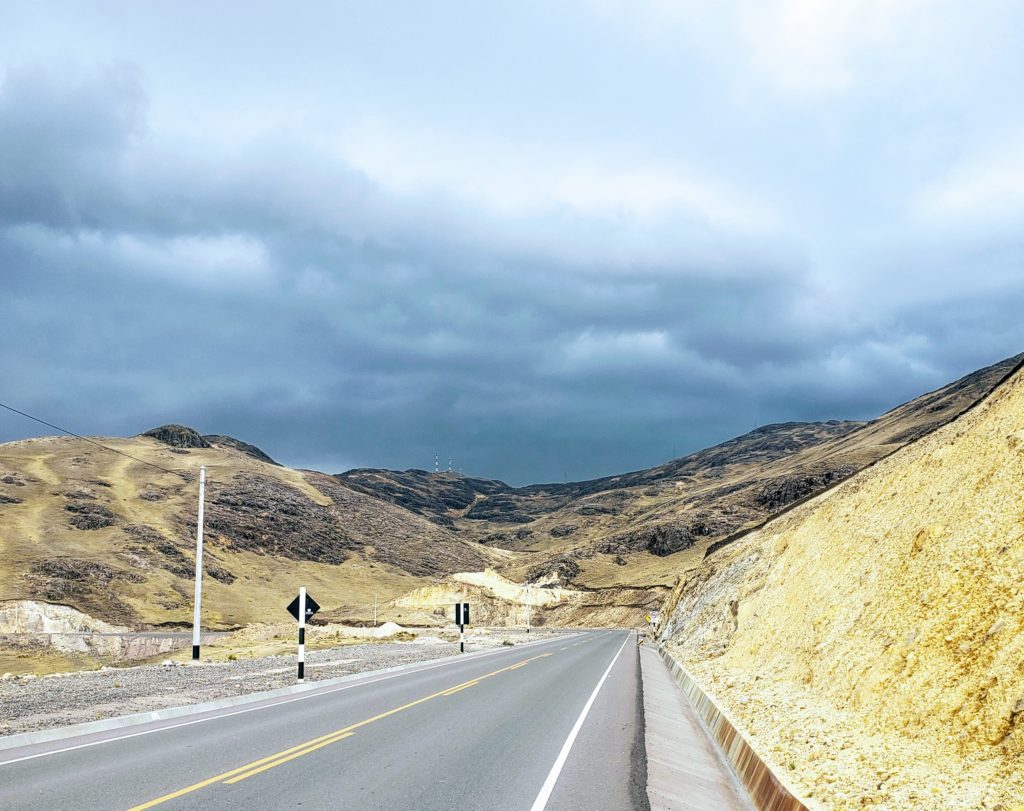
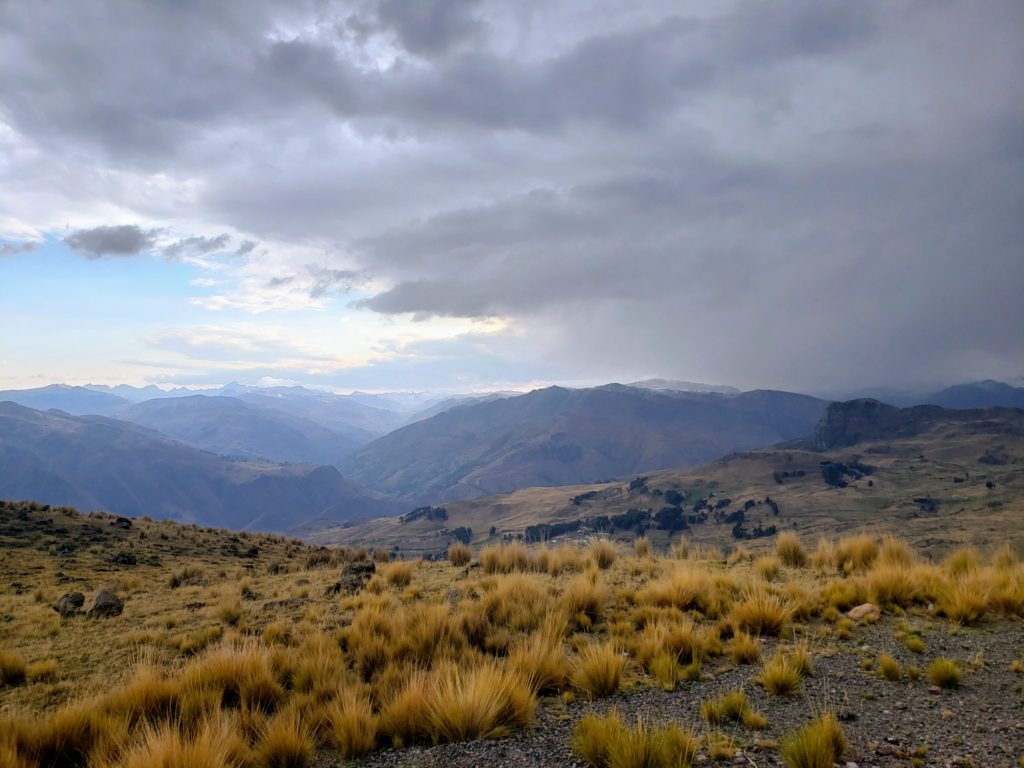
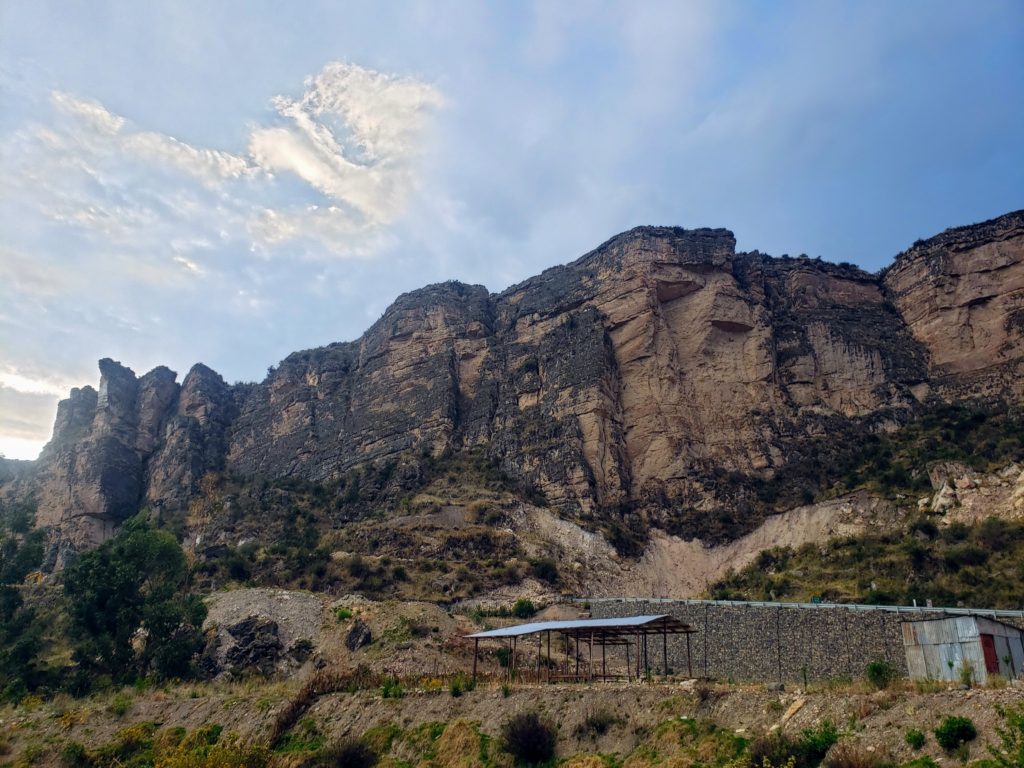
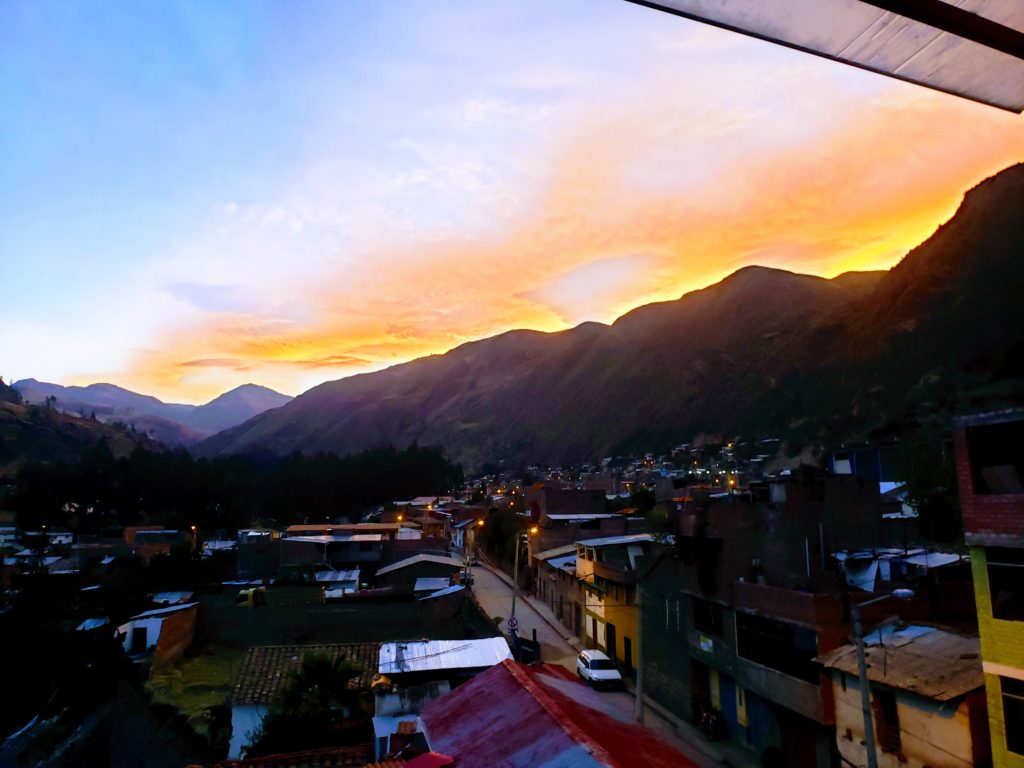
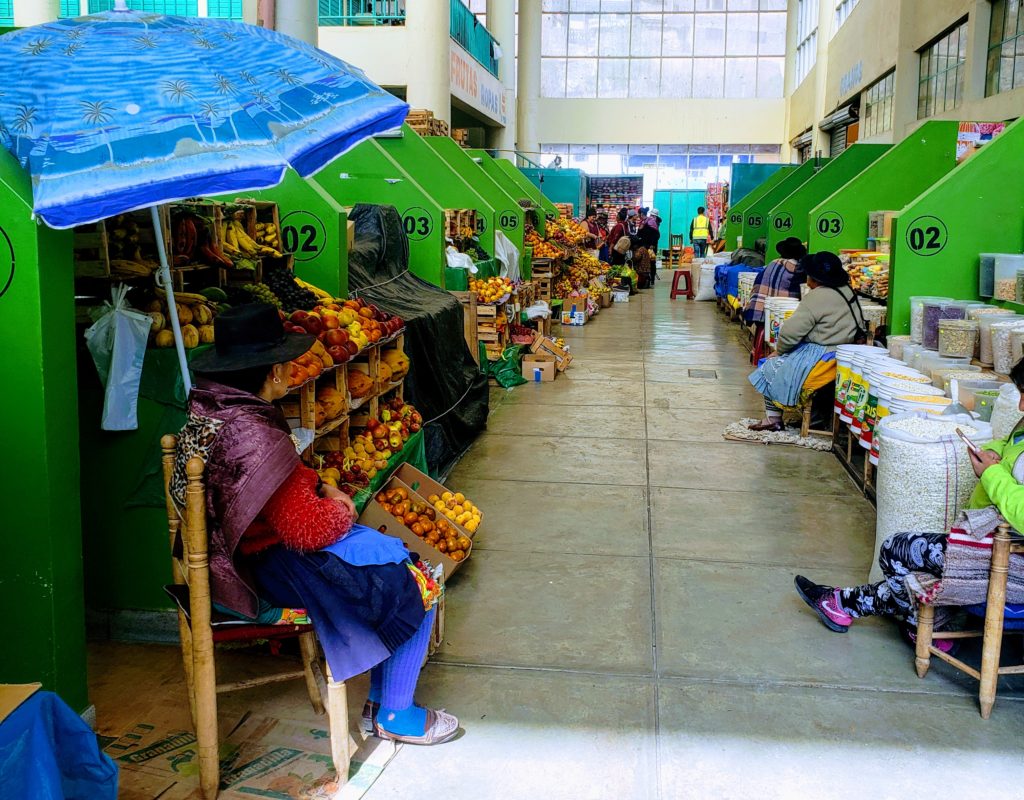
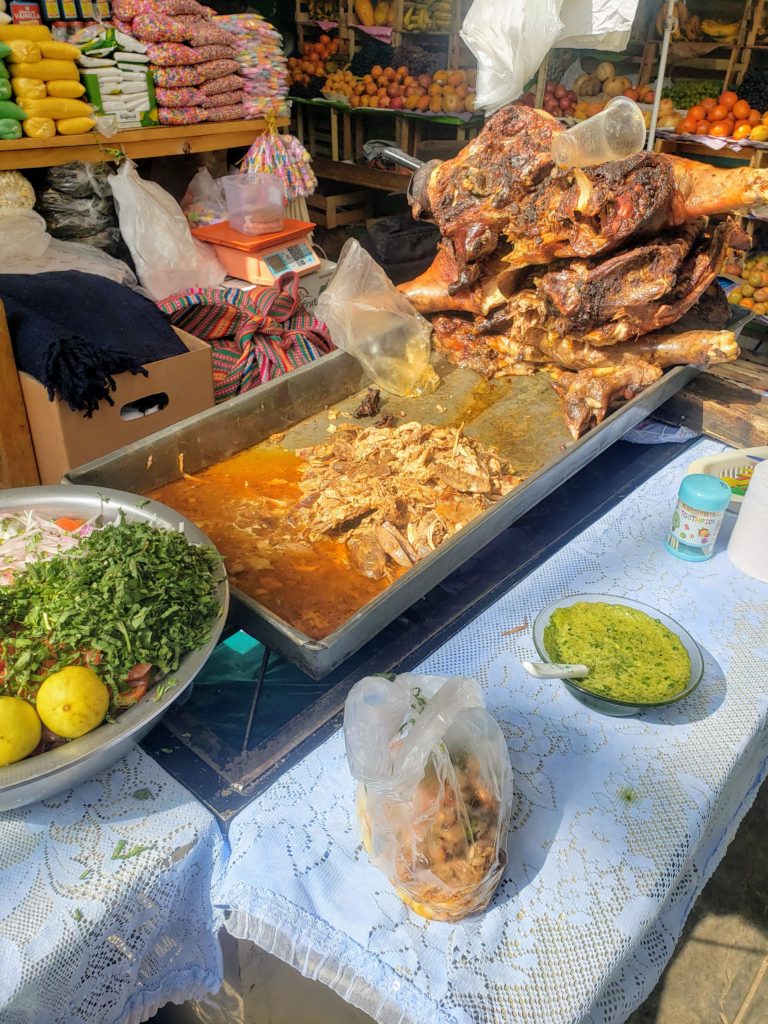
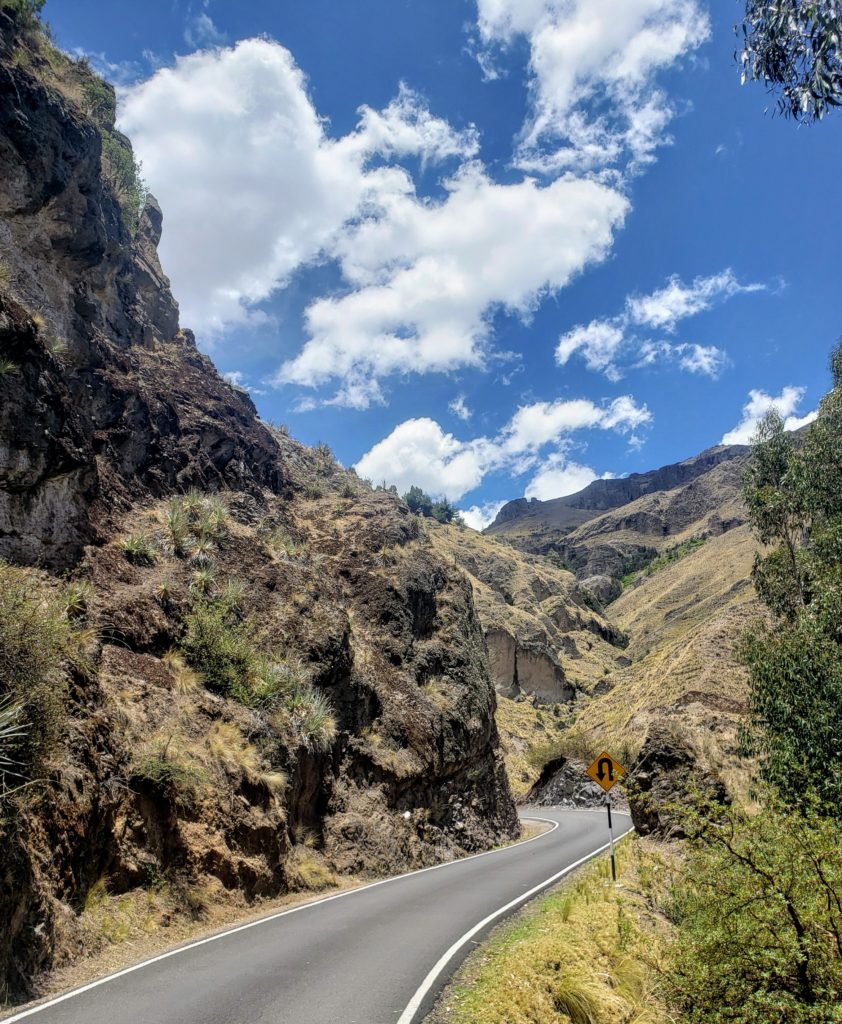
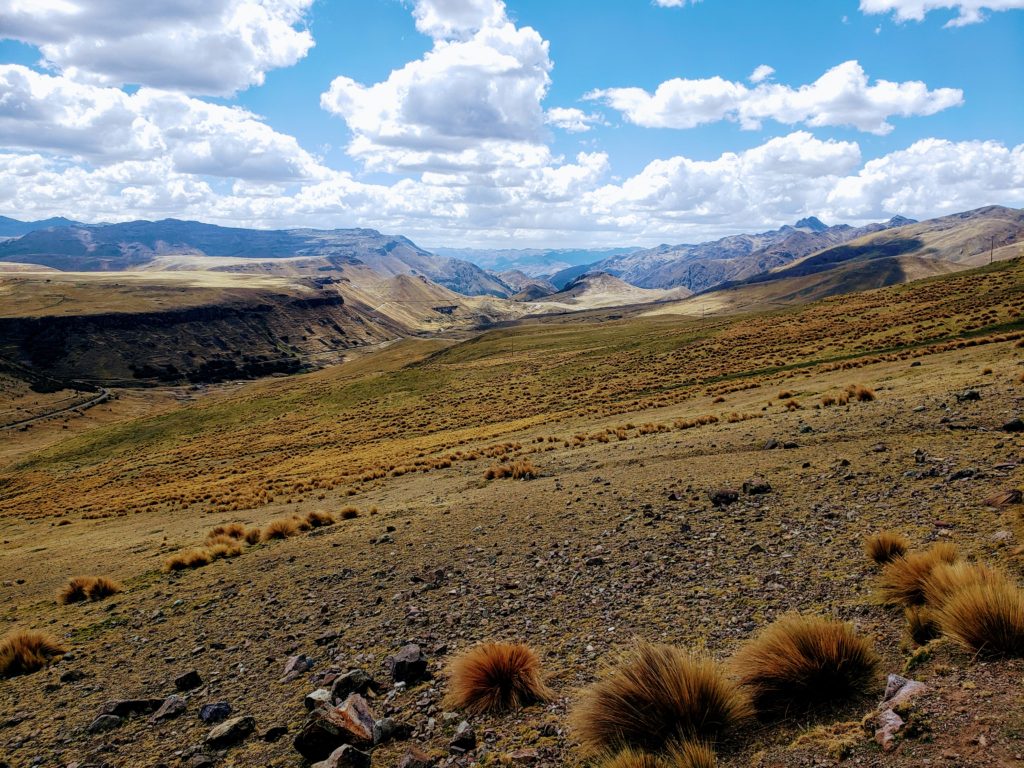
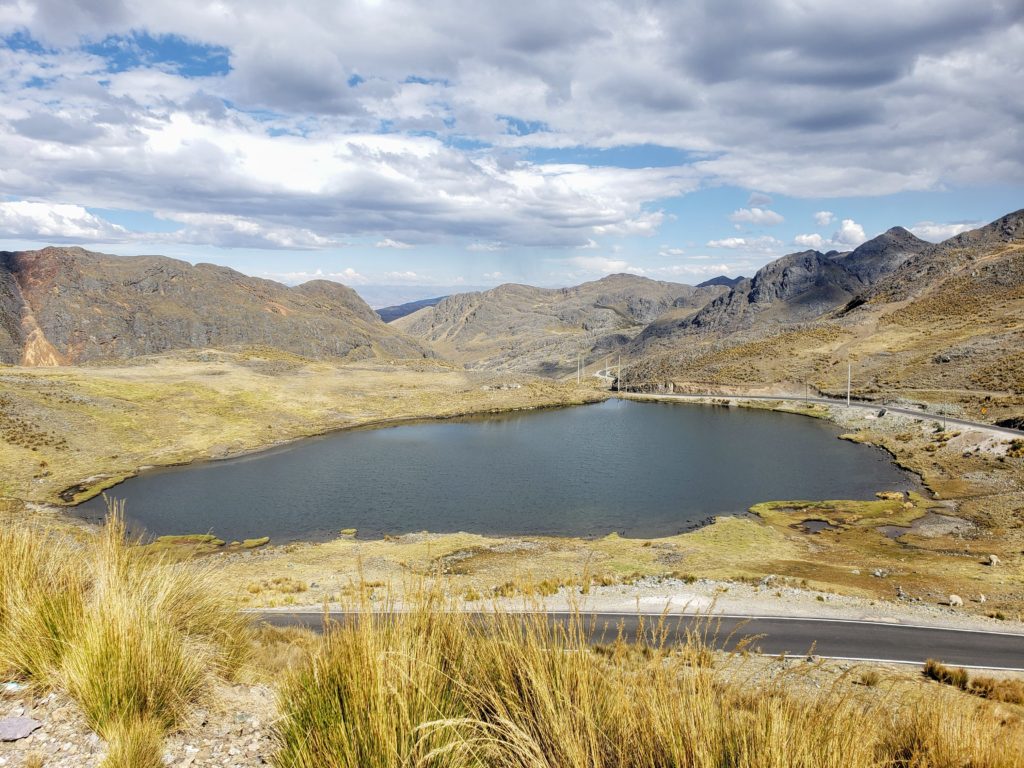
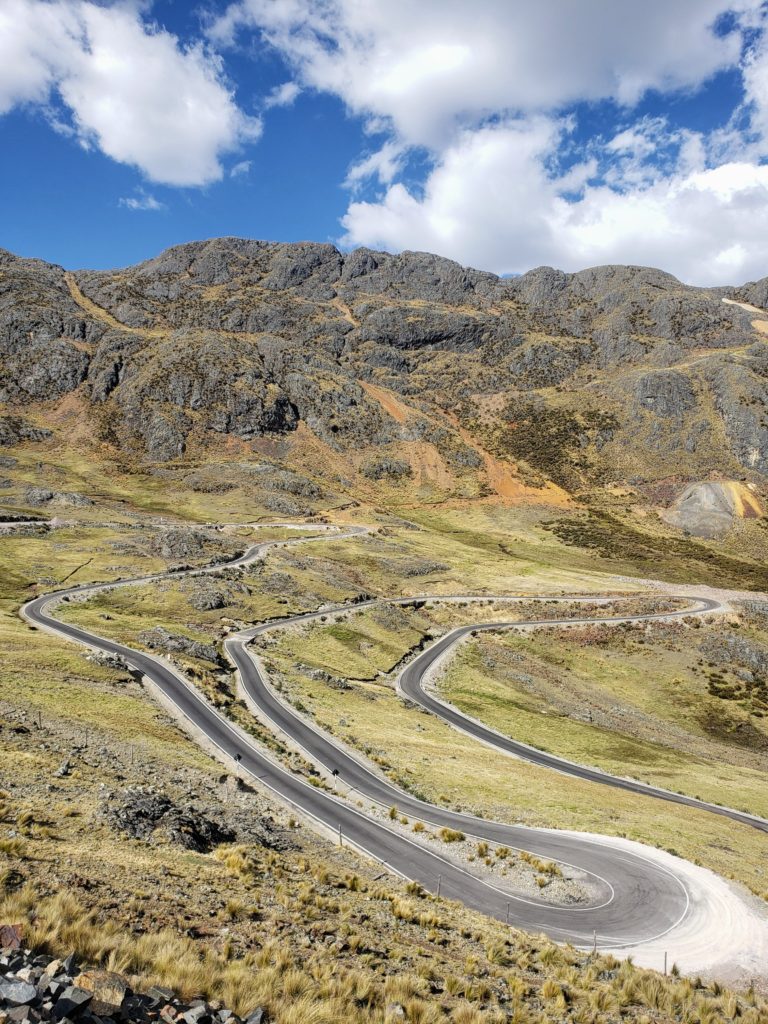
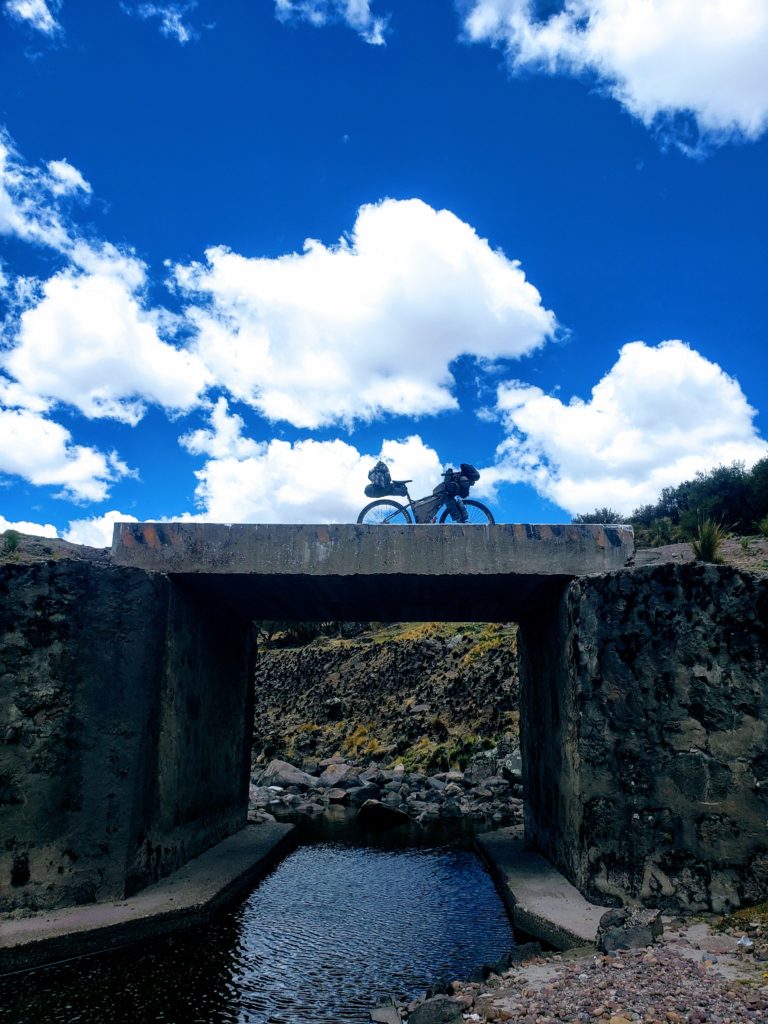
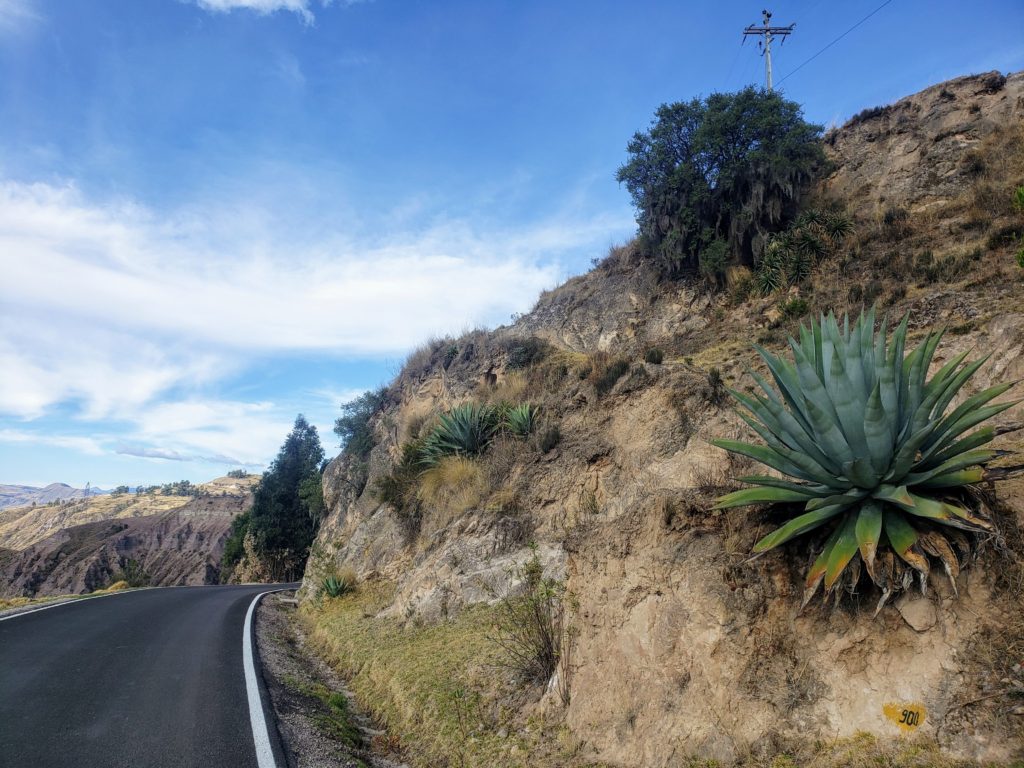
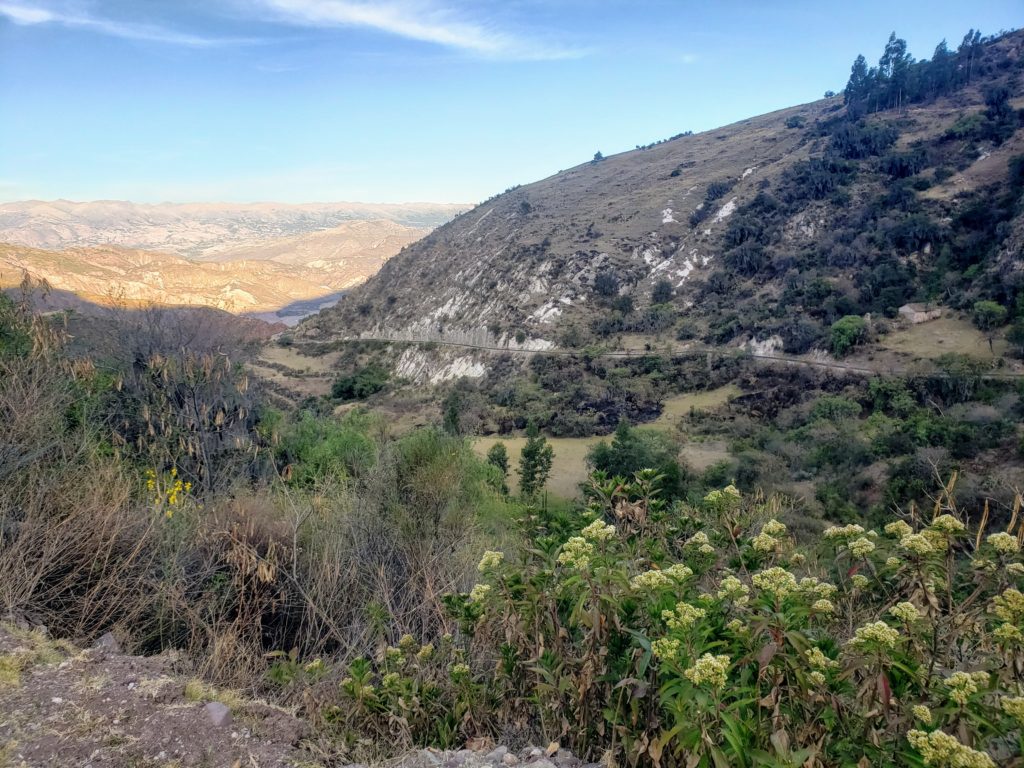
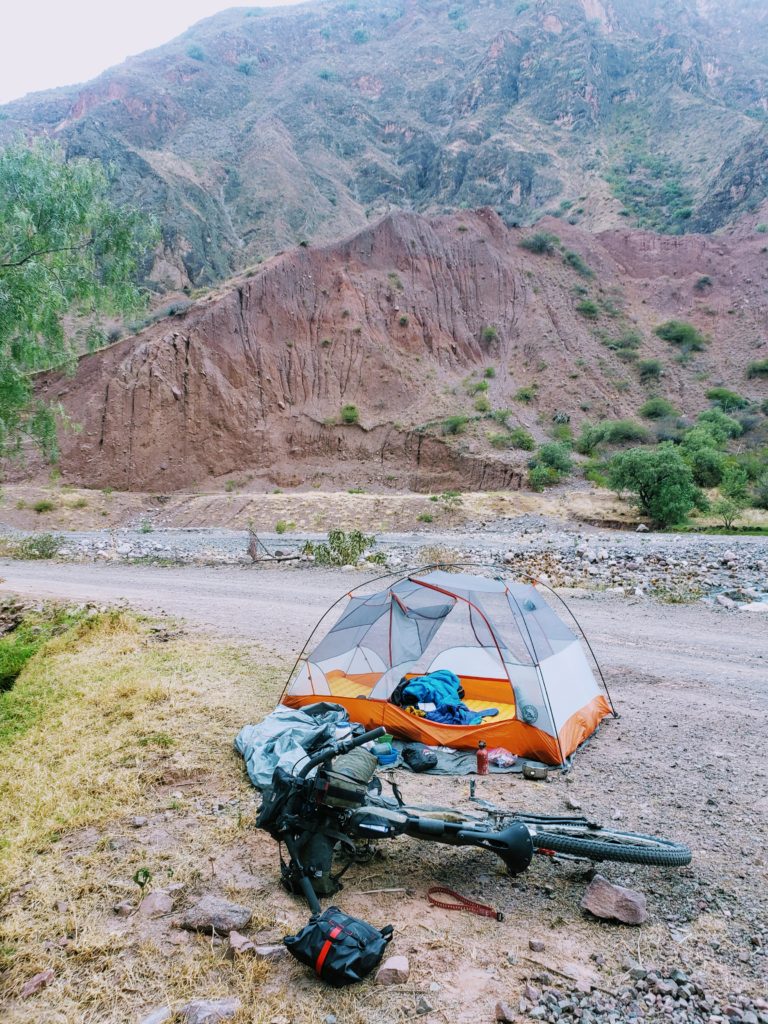
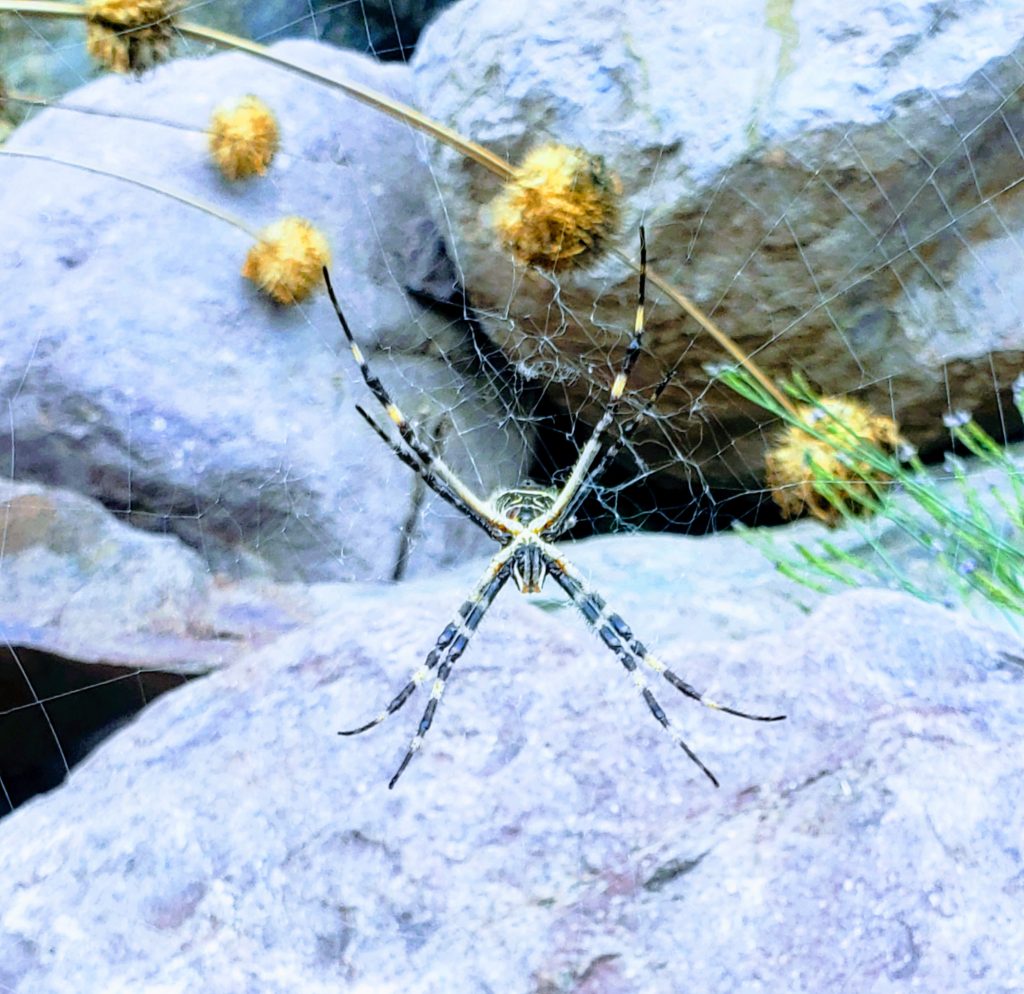
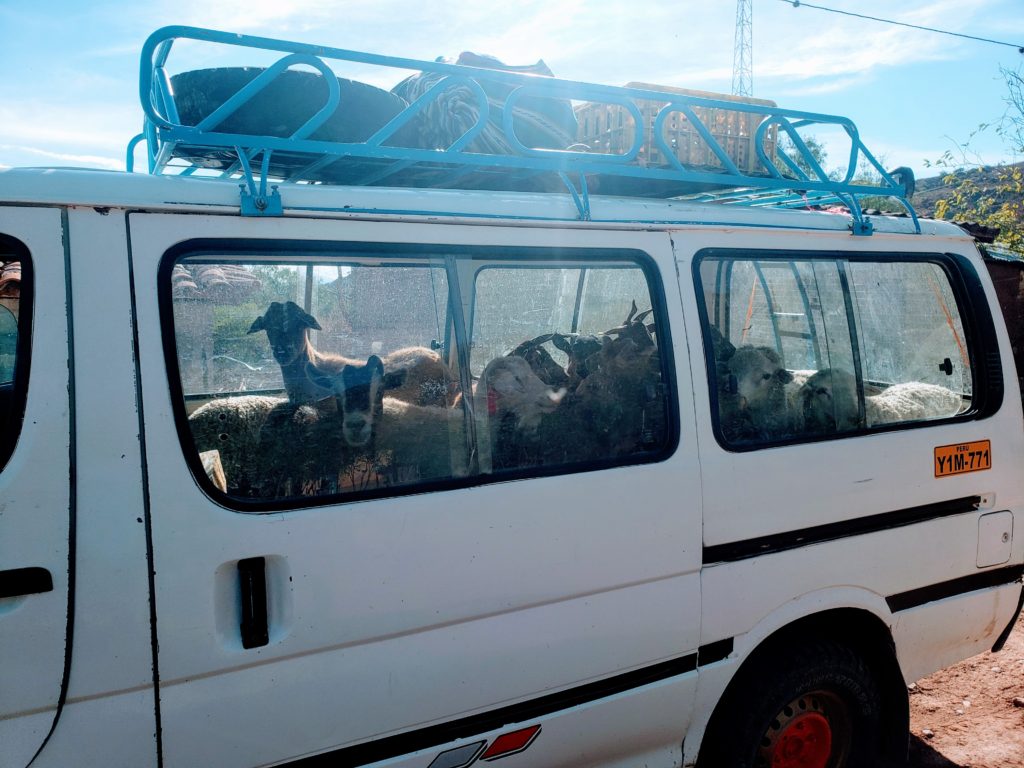
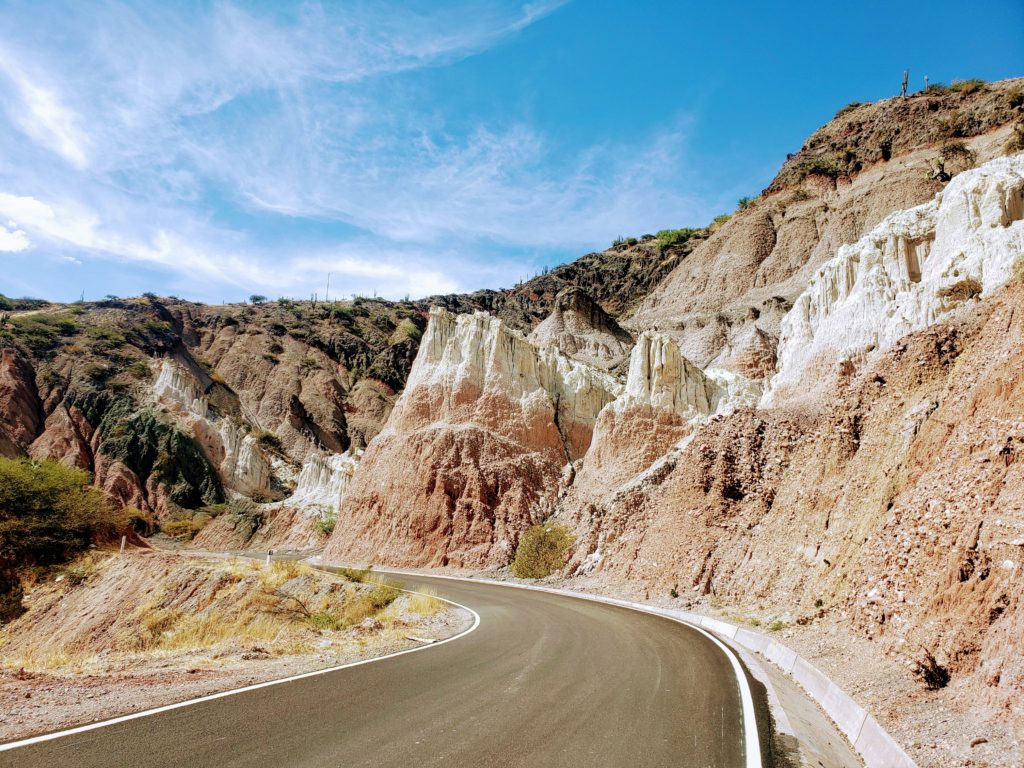
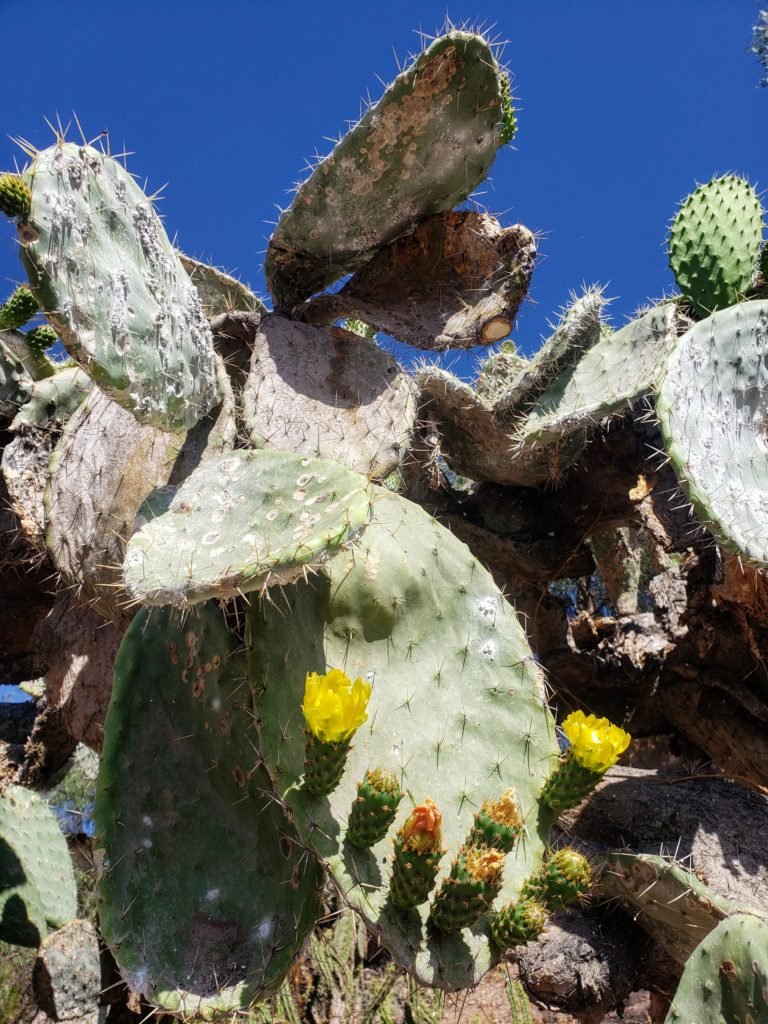
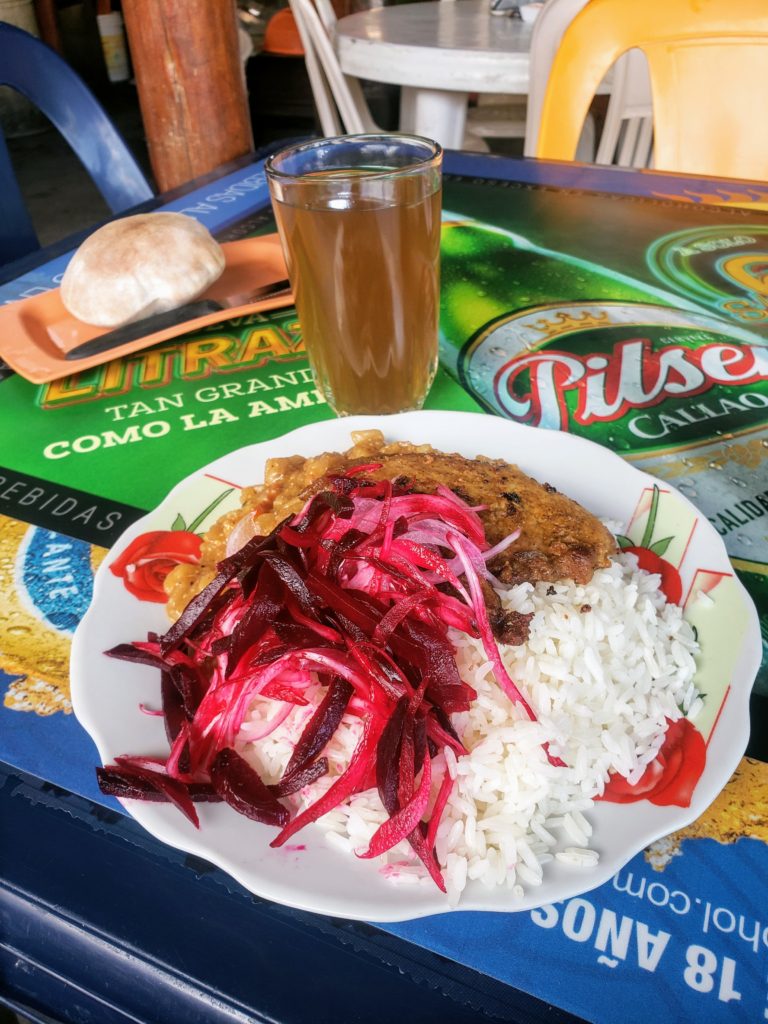
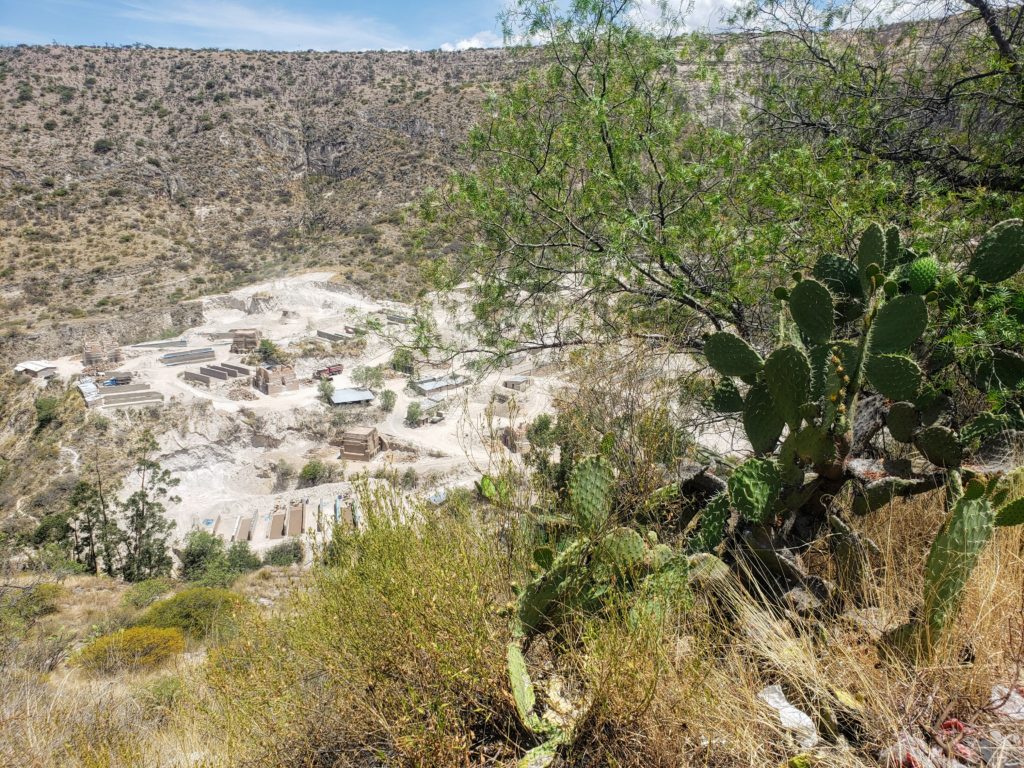
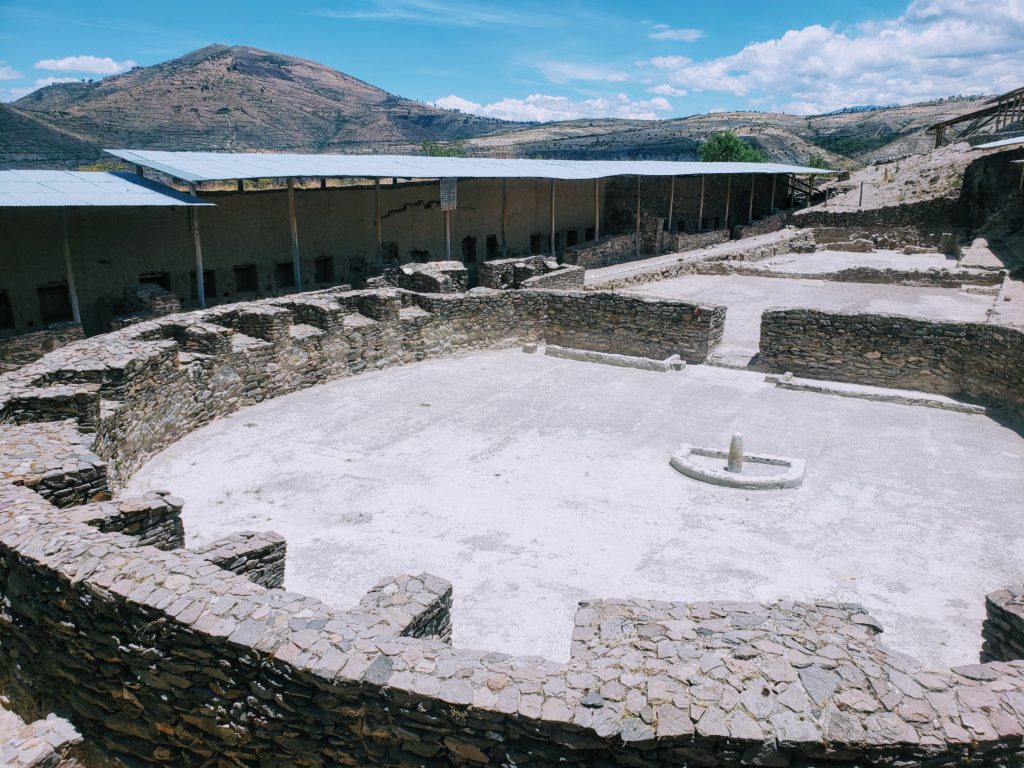
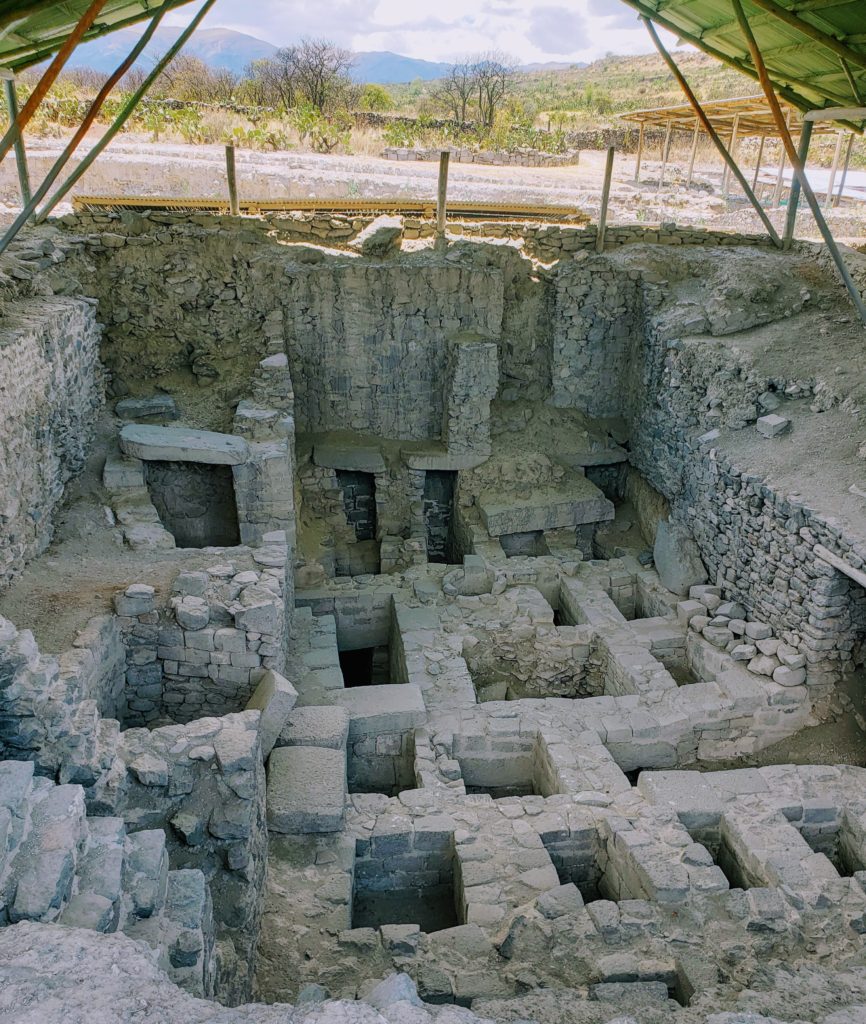
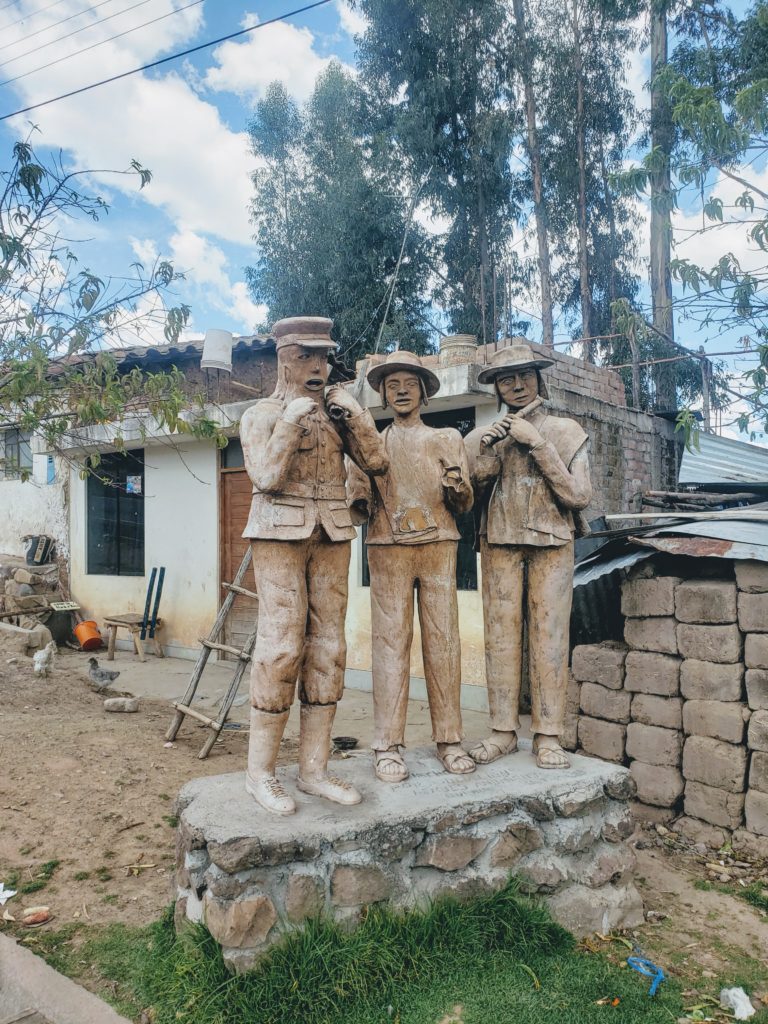
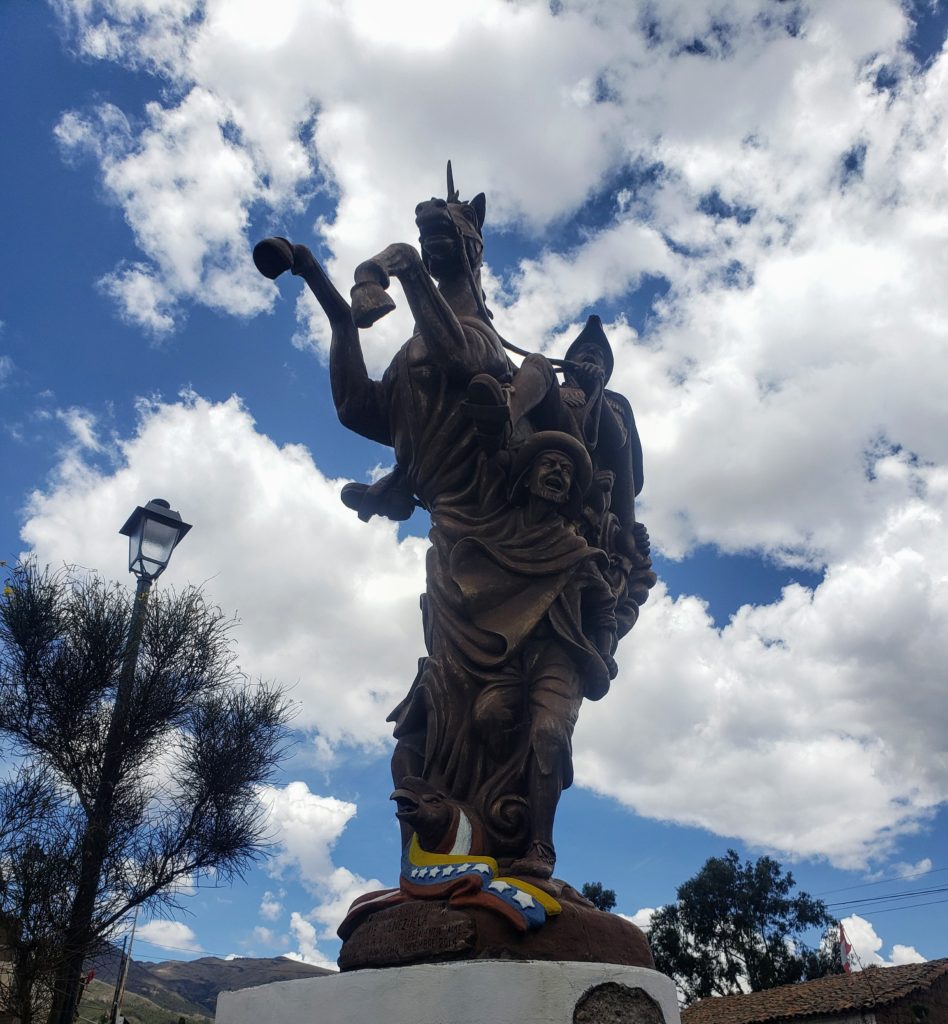
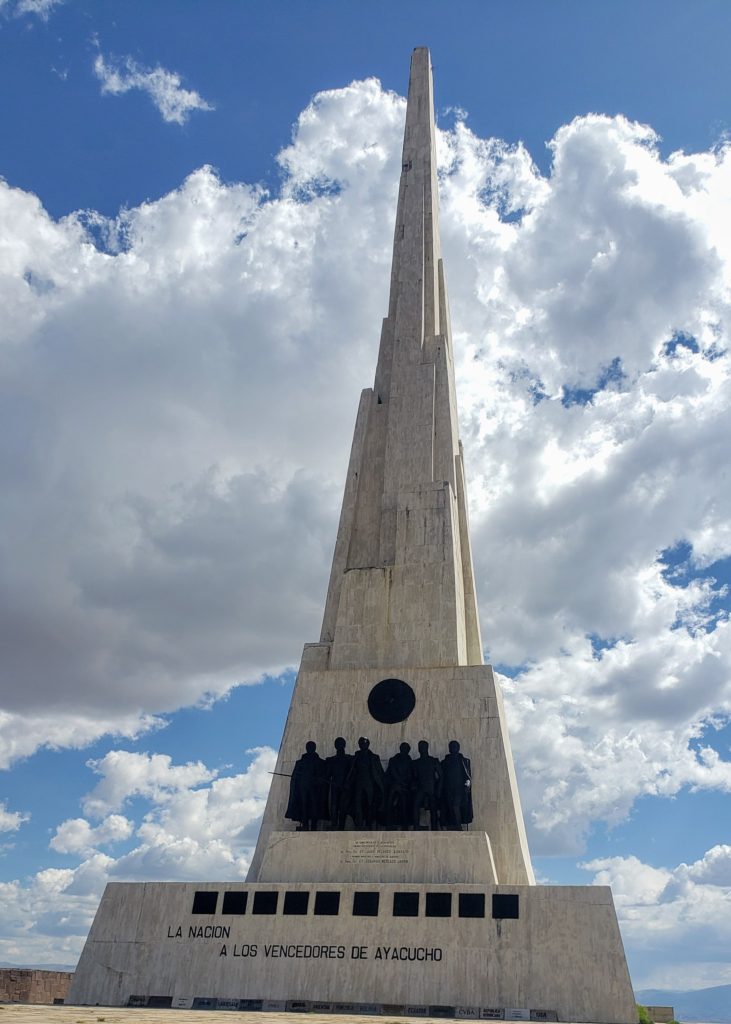
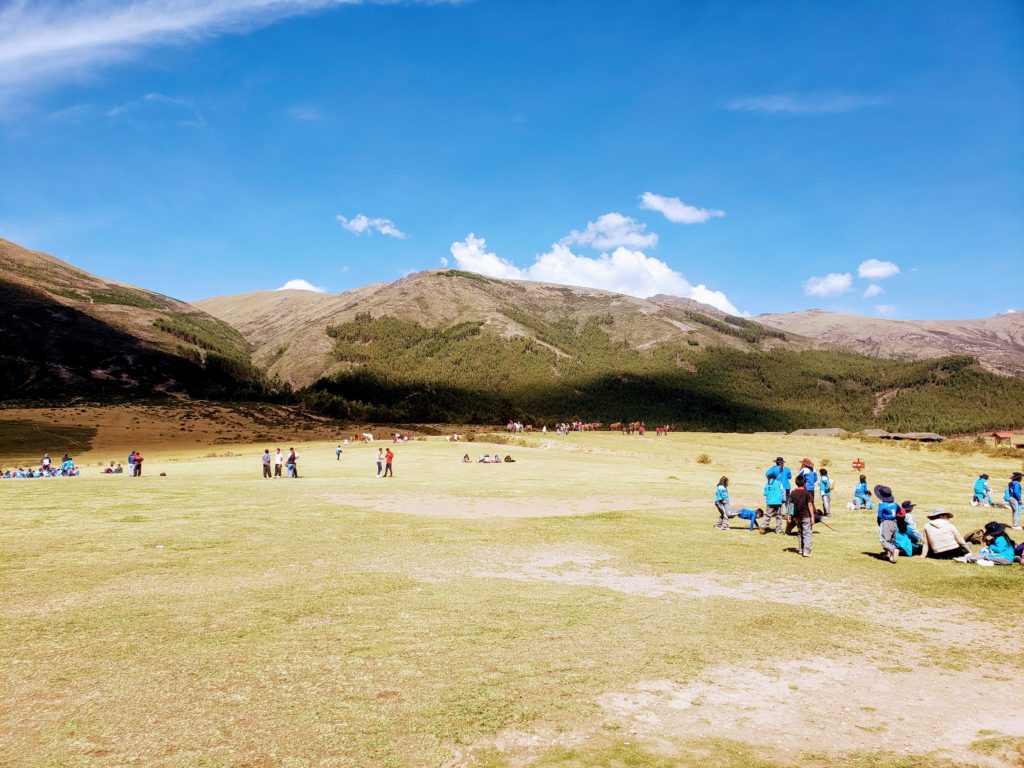
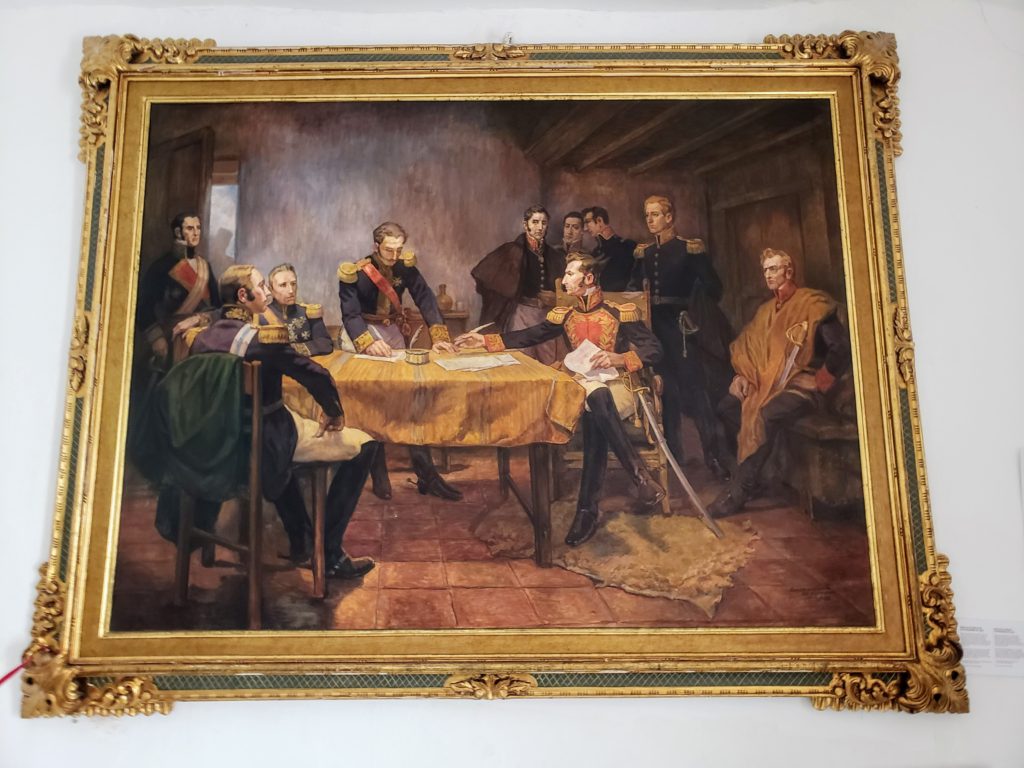
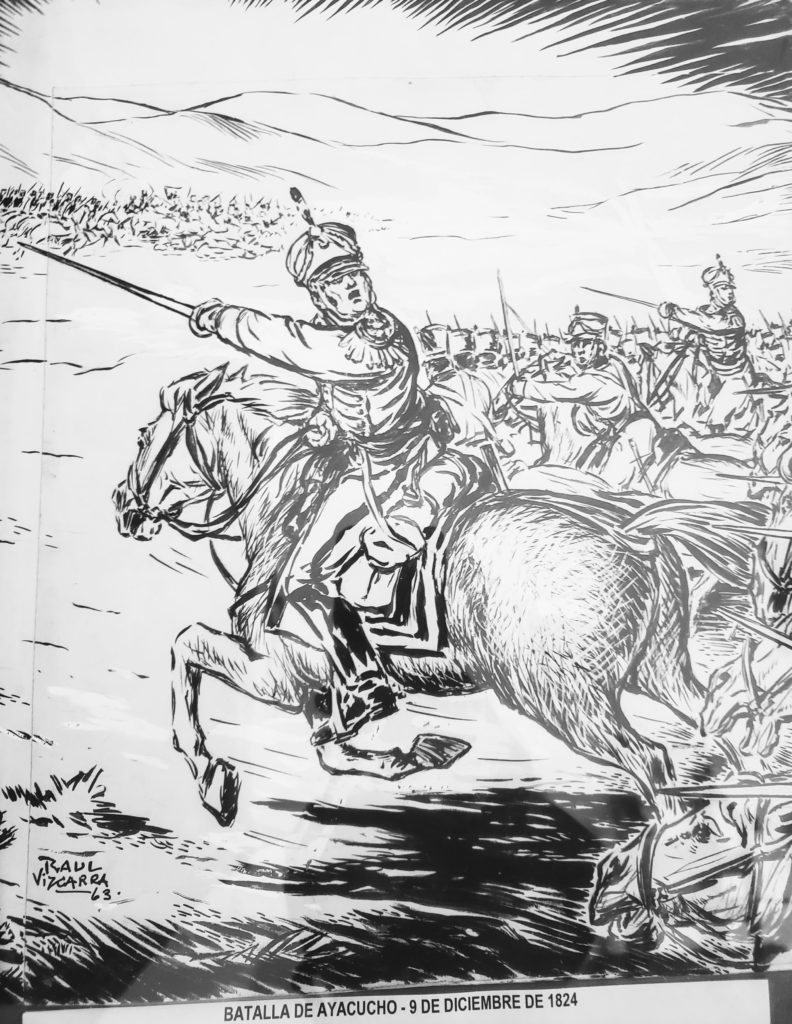
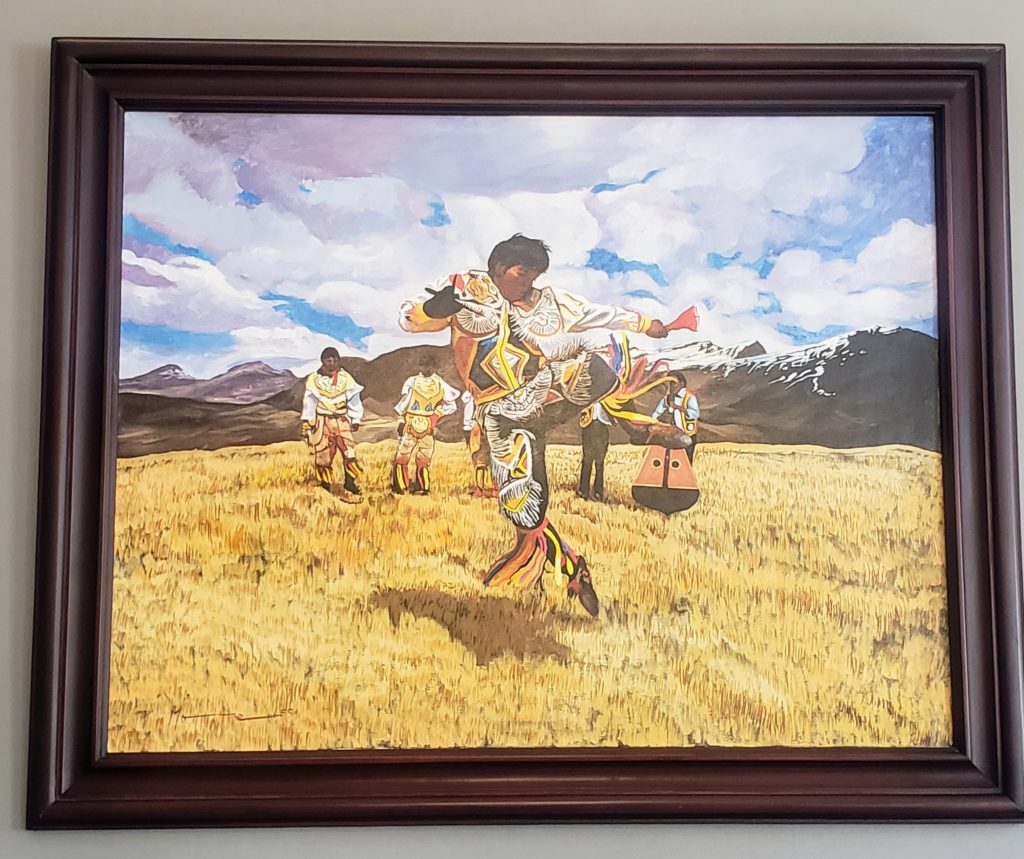
Archives
Calendar
| M | T | W | T | F | S | S |
|---|---|---|---|---|---|---|
| « Mar | ||||||
| 1 | 2 | 3 | 4 | |||
| 5 | 6 | 7 | 8 | 9 | 10 | 11 |
| 12 | 13 | 14 | 15 | 16 | 17 | 18 |
| 19 | 20 | 21 | 22 | 23 | 24 | 25 |
| 26 | 27 | 28 | 29 | 30 | 31 | |